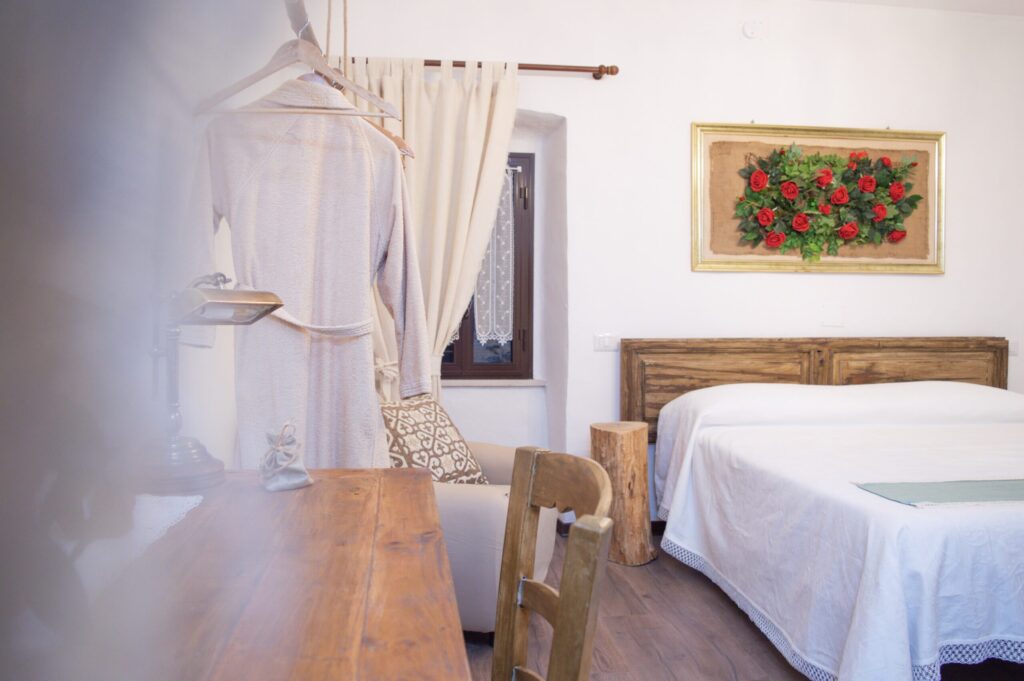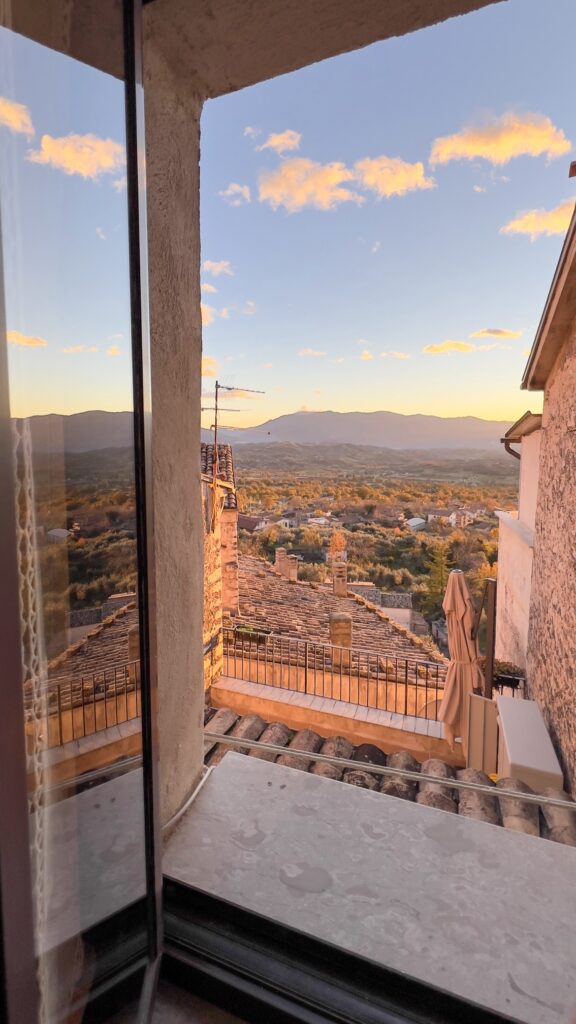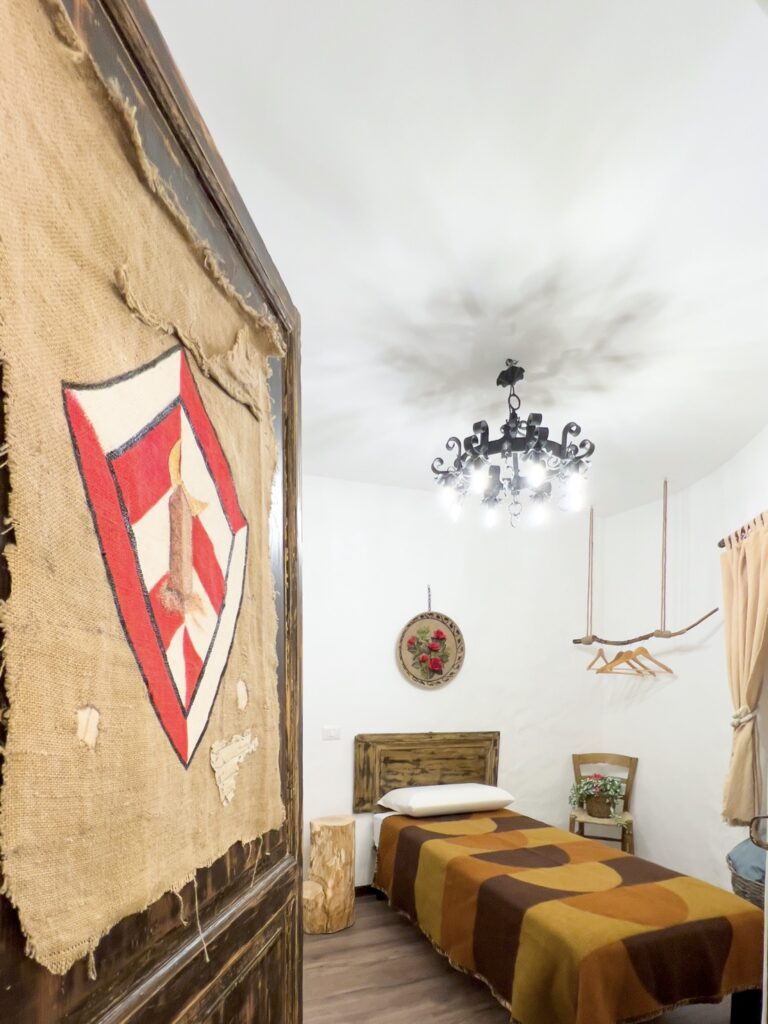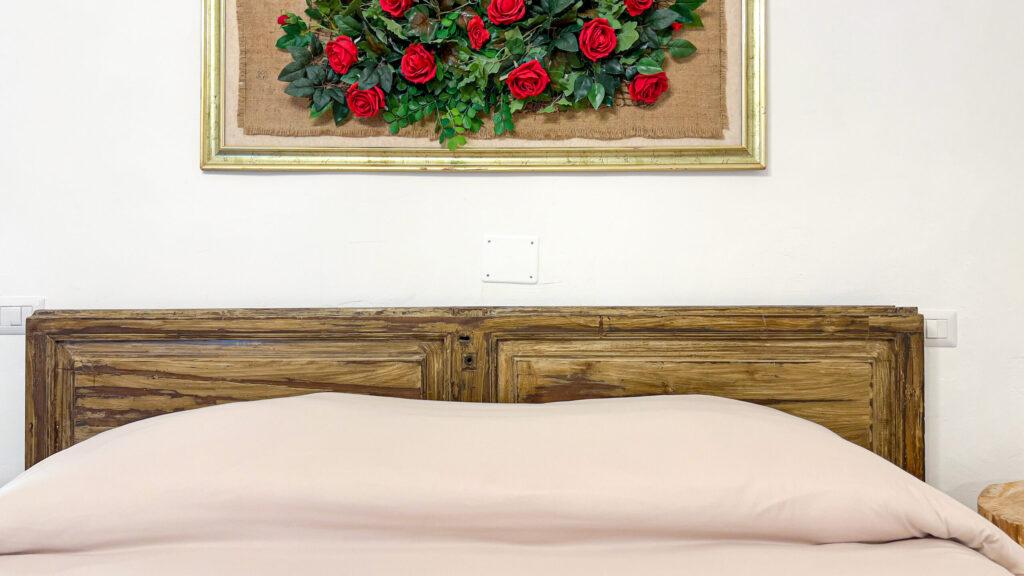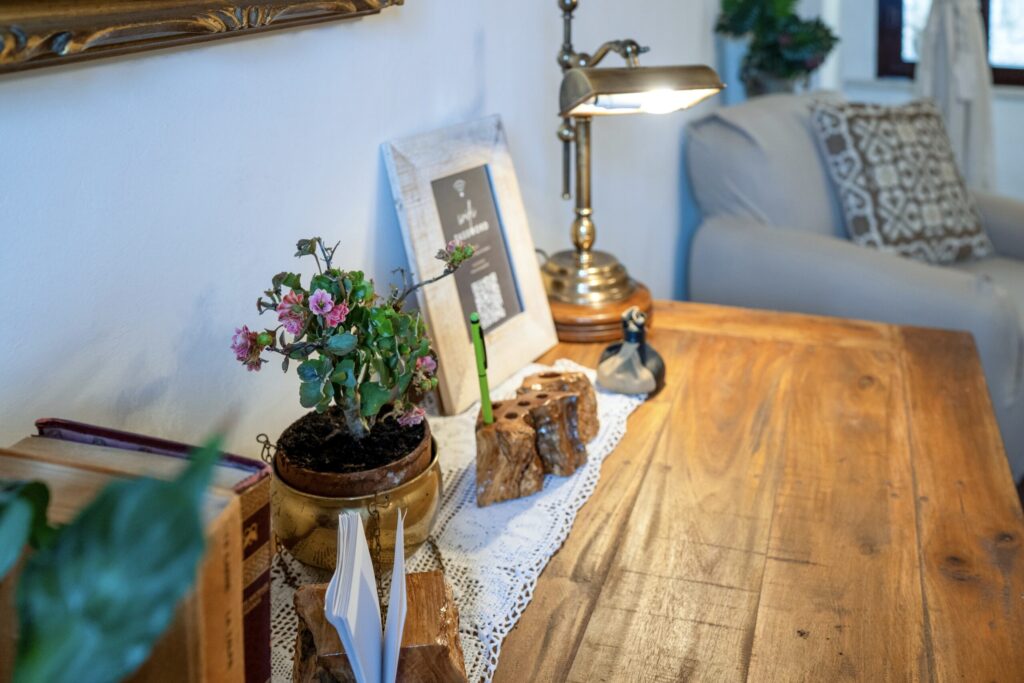
Close

San Donato Val di Comino is a charming municipality located in the province of Frosinone, in Lazio, with a population of 2,107 inhabitants. This place has an ancient and culturally rich history, which dates back to the Samnite era, and today represents an important tourist centre, classified among the most beautiful villages in Italy.
In 2004, San Donato Val di Comino received the prestigious “Orange Flag” of the Italian Touring Club for its hospitality and the quality of the events organized. The official reason for obtaining this award concerns the compact and well-preserved urban layout, the historical and cultural routes present in the historic center, the care of street furniture and public greenery, and the variety of accommodation and restaurant facilities available .
San Donato Val di Comino is located within the National Park of Abruzzo, Lazio and Molise, and is one of the main crossing points from the Lazio side to the Abruzzo side, thanks to the Forca d’Acero pass, an Apennine pass located at 1,538 meters above sea level.
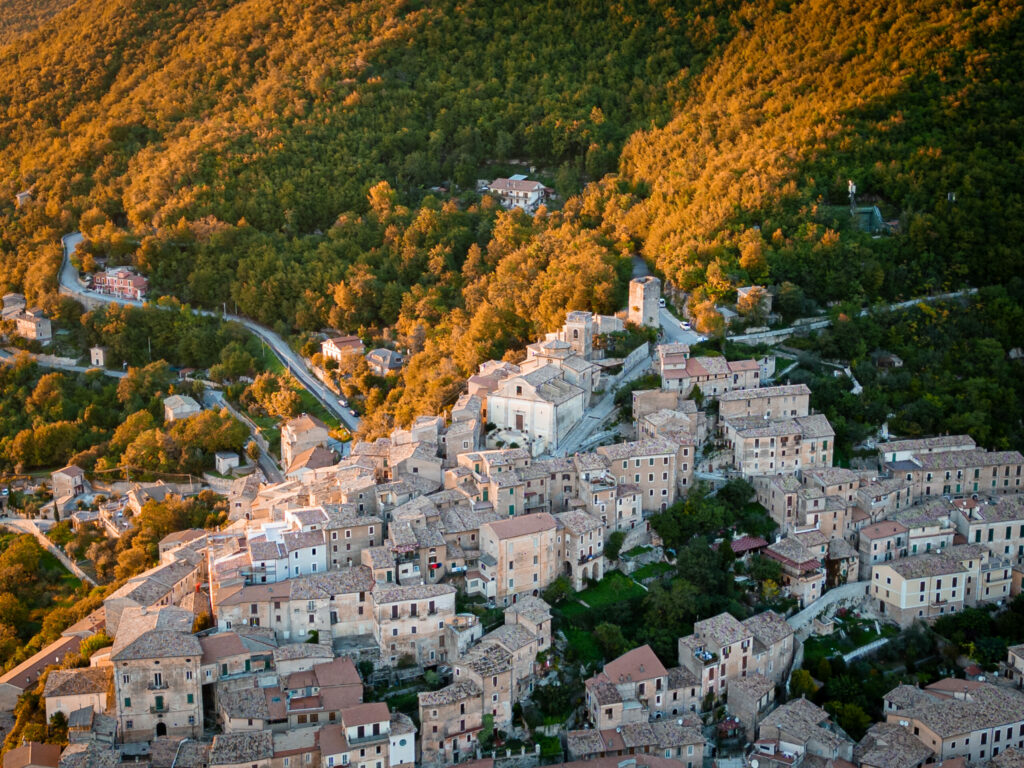
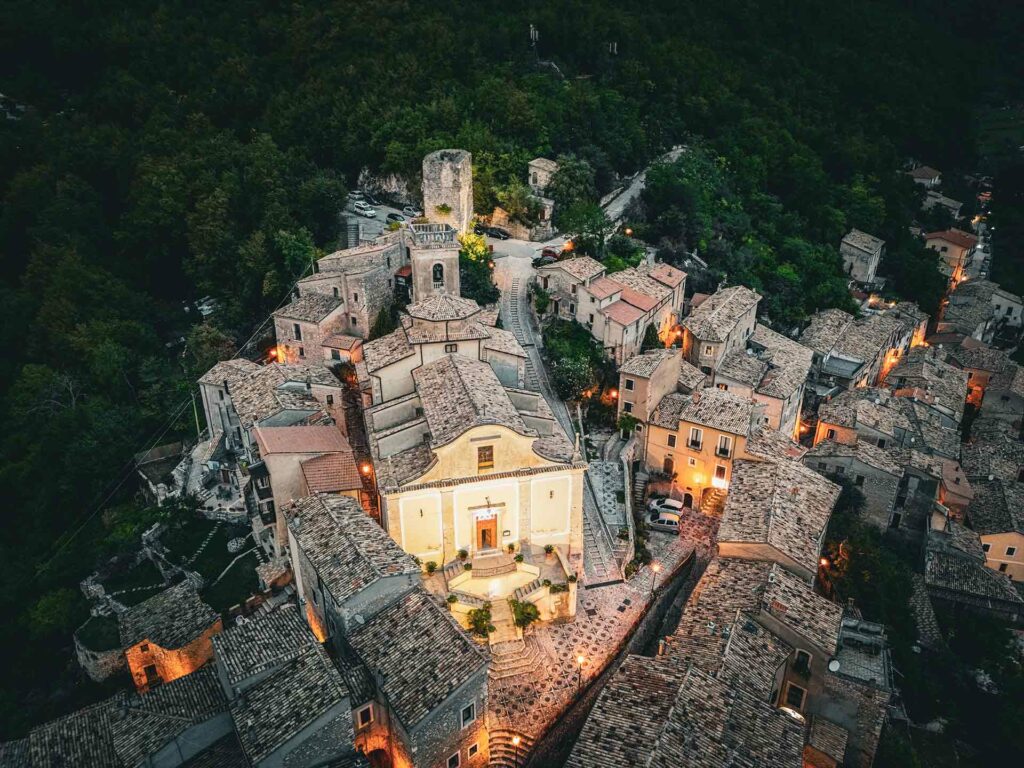
According to some sources, the origins of San Donato Val di Comino can be linked to the history of Cominium, a Samnite outpost destroyed in 293 BC. by the Roman armies. The presence of a first sanctuary dedicated to San Donato dates back to 304 AD, the year of the martyrdom of the then bishop of Arezzo. The territory was subsequently governed by the Lombards and the first document recording the presence of the municipality’s toponym dates back to 778 AD.
In the local dialect, San Donato Val di Comino is called “Sande Renàte” or “Sandrënnàte”, while in neighboring villages it is known as “Sandënàtë”. The history and culture of this place are a treasure to be discovered, and San Donato Val di Comino represents a unique opportunity to immerse yourself in an unforgettable experience of history, nature and local traditions.
The first itinerary immerses you in the magic of the ancient village of San Donato Val di Comino. A labyrinth of cobbled streets and picturesque squares that retain the beauty of a bygone era. Admire the ancient churches, stone buildings and fountains, which testify to the thousand-year history of this enchanting place. A journey through time that will make you feel as if you were catapulted back to the Middle Ages.
The second itinerary is a real immersion in the history of San Donato Val di Comino. Along this route, you will find information tables that will guide you through the centuries of events and transformations that have shaped this village. You will discover the legends, traditions and hidden secrets that make San Donato a unique place. This itinerary is ideal for those who want to fully understand the history and culture of this fascinating village.
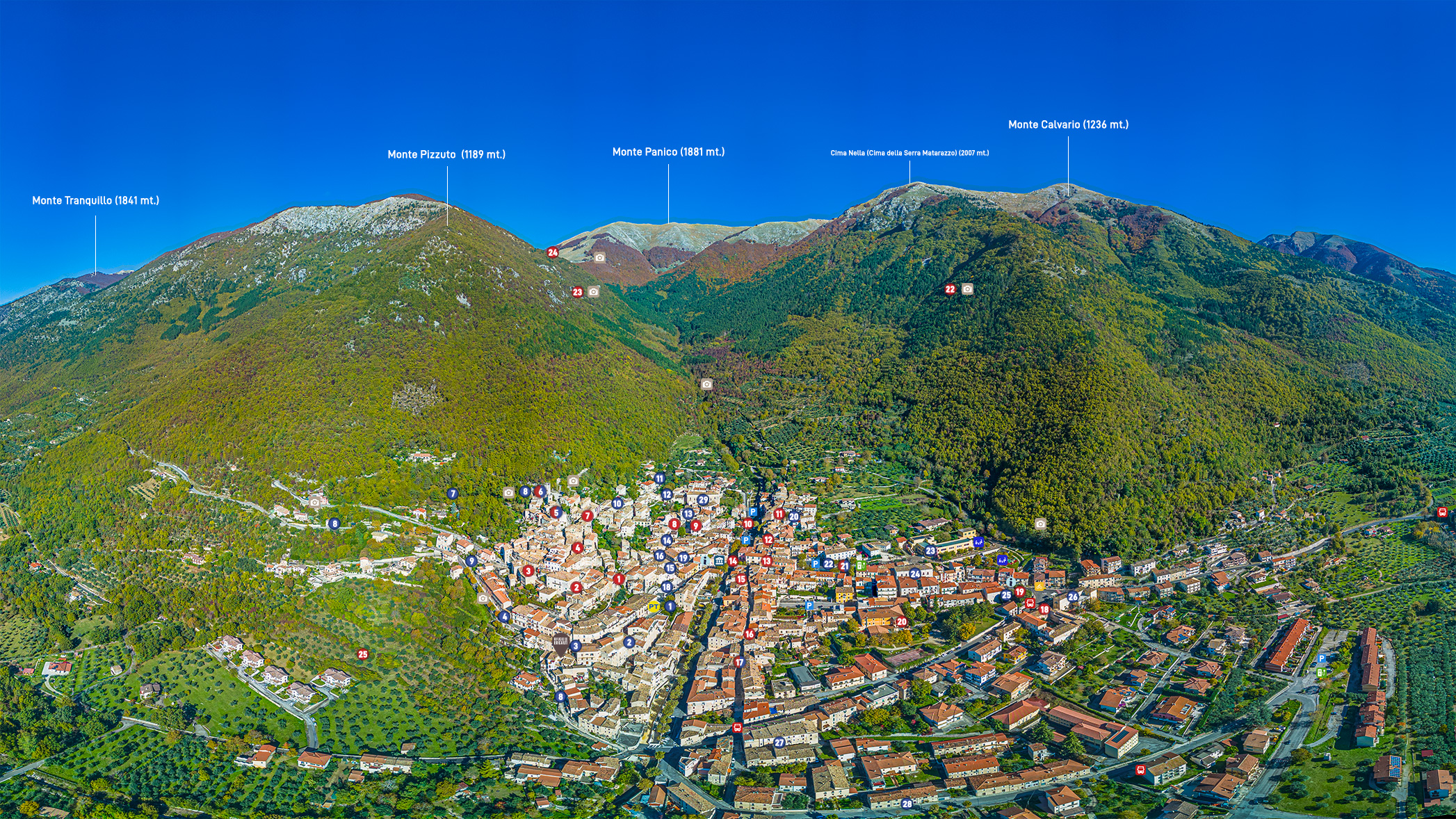
We are here
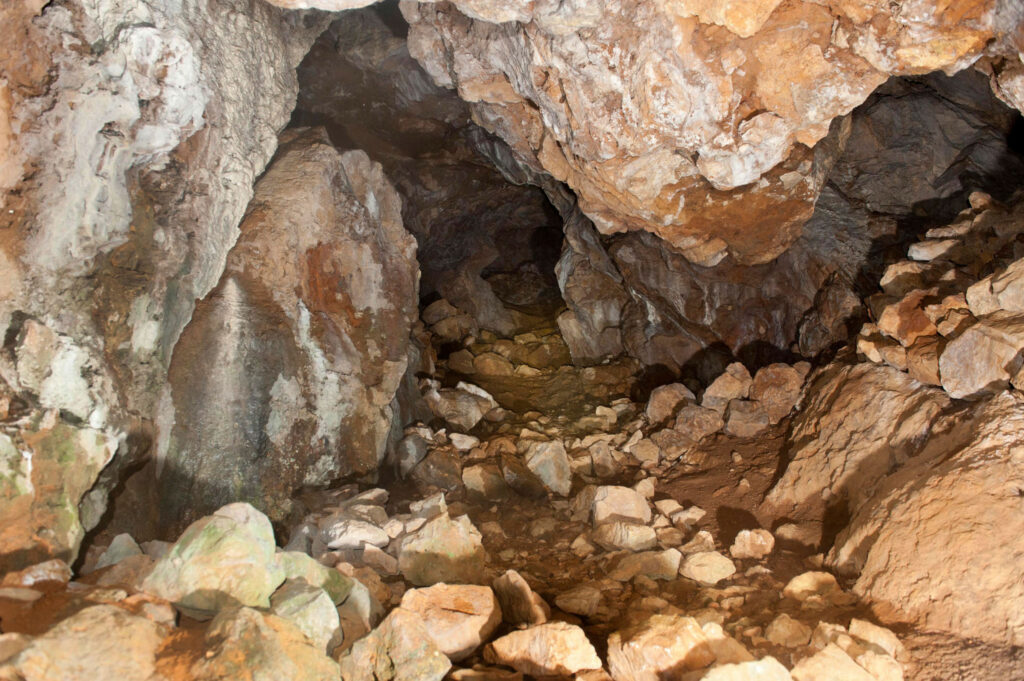
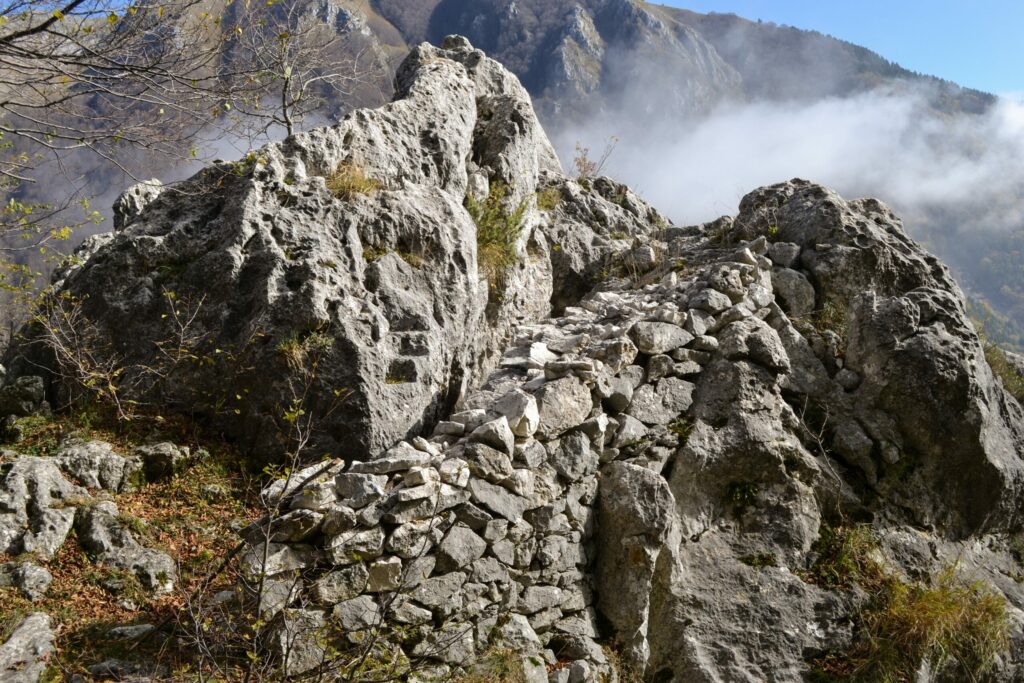
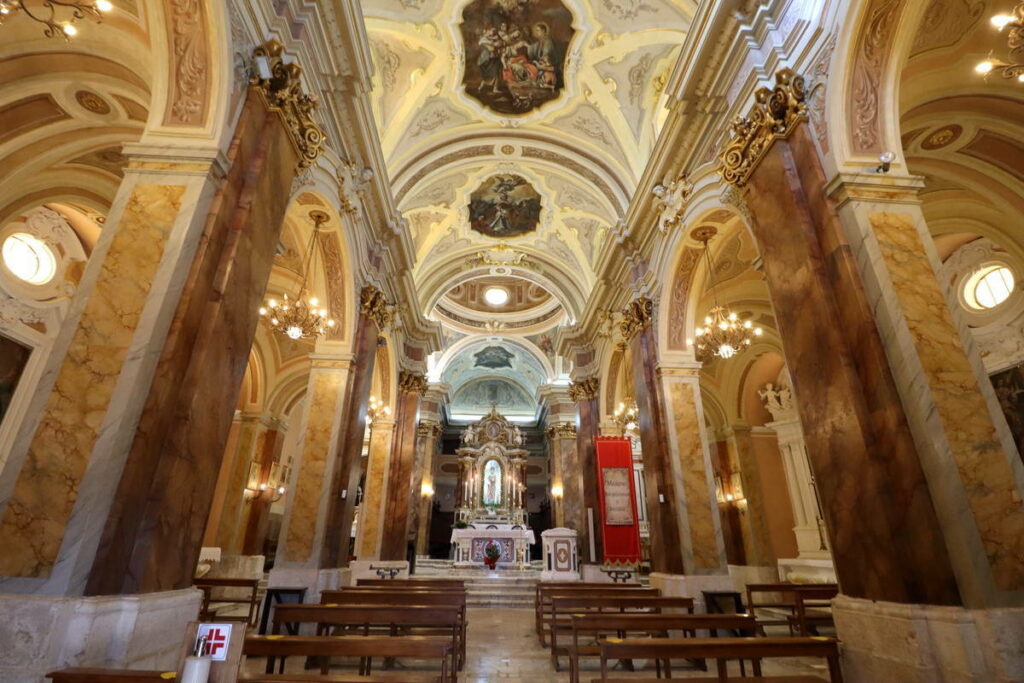
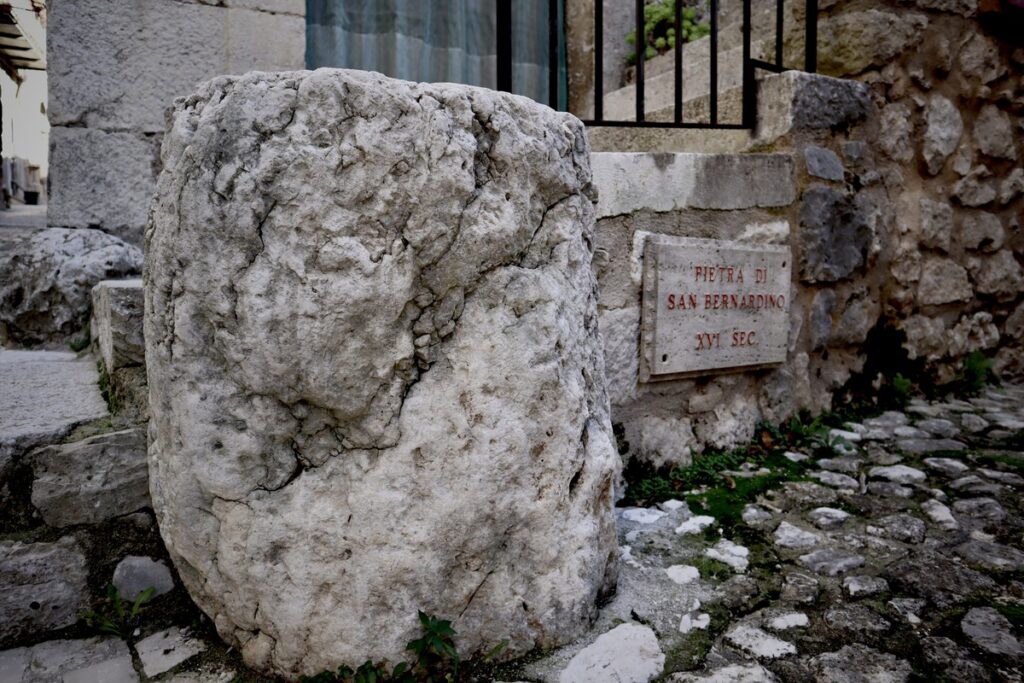
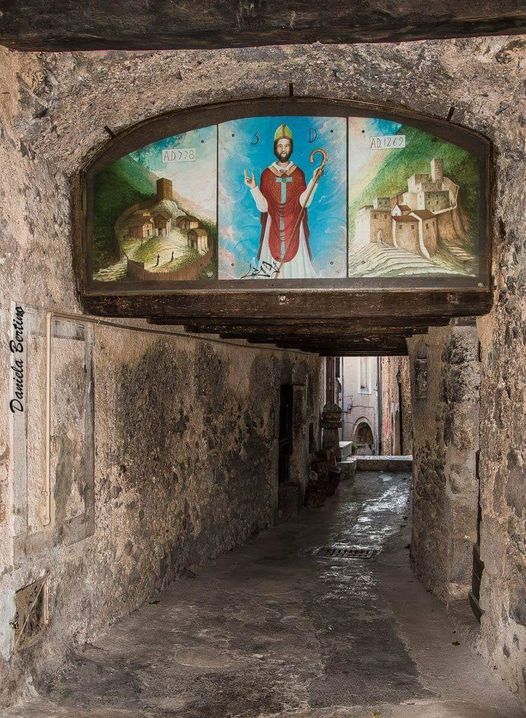
Under the arch there are paintings that depict the founding history of this ancient town. The triptych, created by local artist Luciano Tocci, illustrates the early medieval origins of the village, from the primitive “ecclesia” to the time of the counts of Aquino.
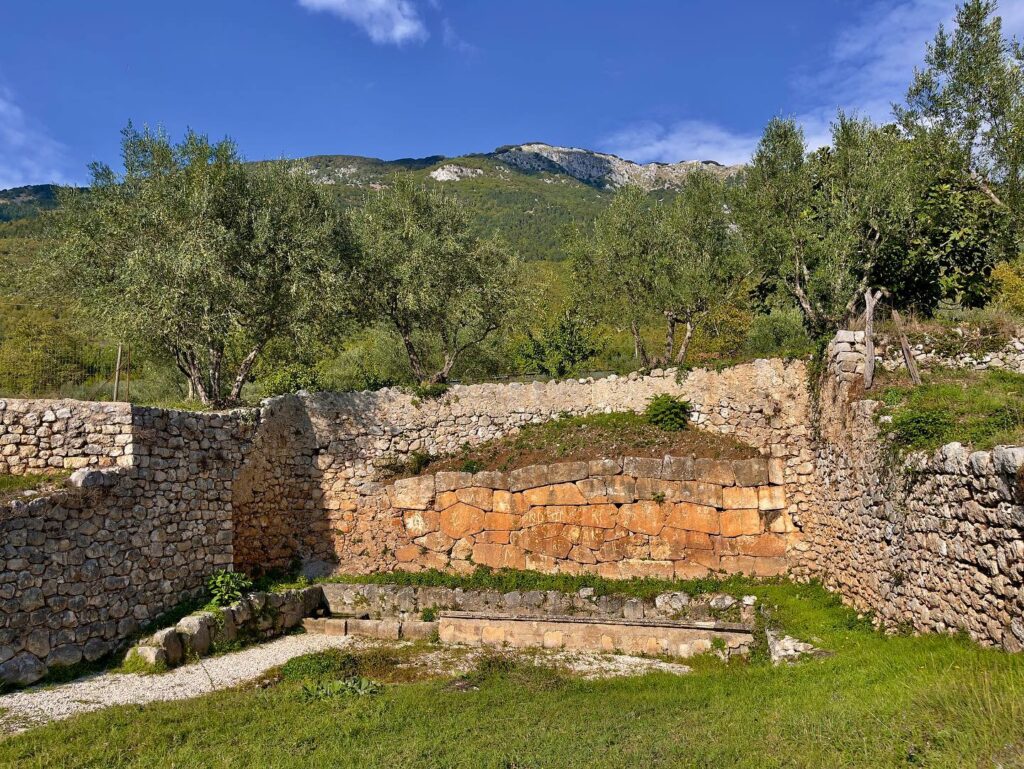
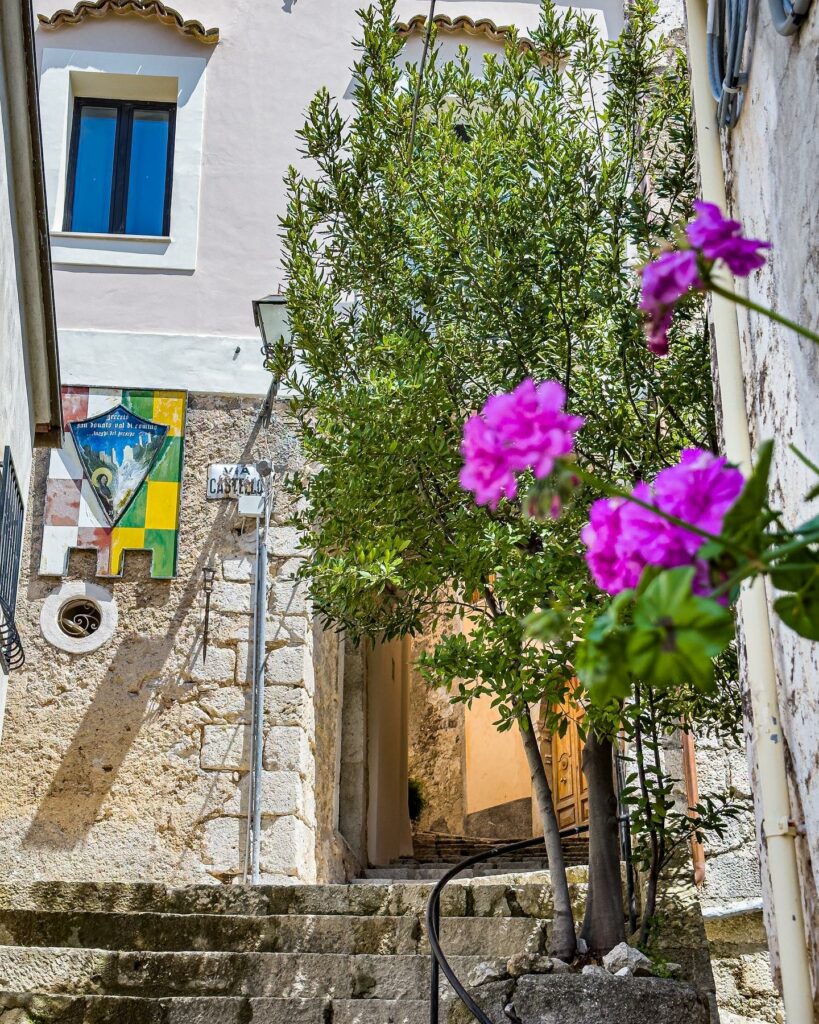
Porta a Maestro, also known as Porta Castello, is one of the access gates to the first nucleus of the village of San Fedele, in the hamlet of San Donato Val di Comino. Facing Maestro, the gate controlled the passageway towards the valley, while the other gate, the Arco di San Donato, was oriented towards the East and supervised the traffic coming from Abruzzo along the ancient Via Marsicana.
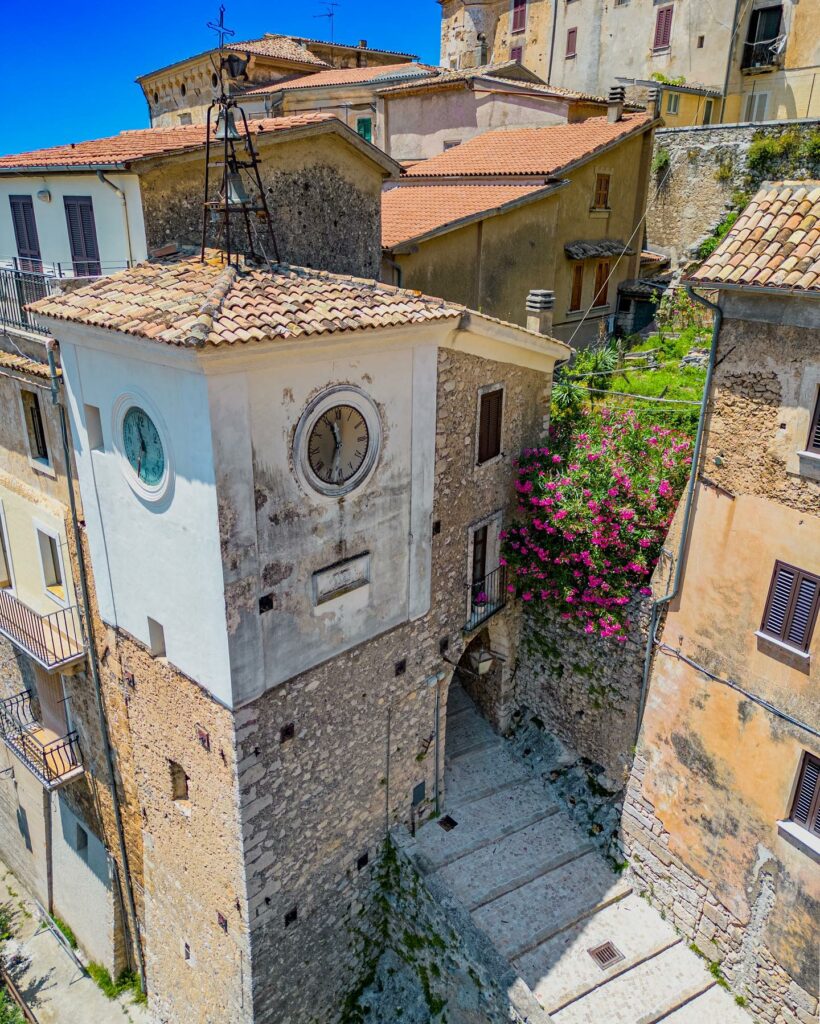
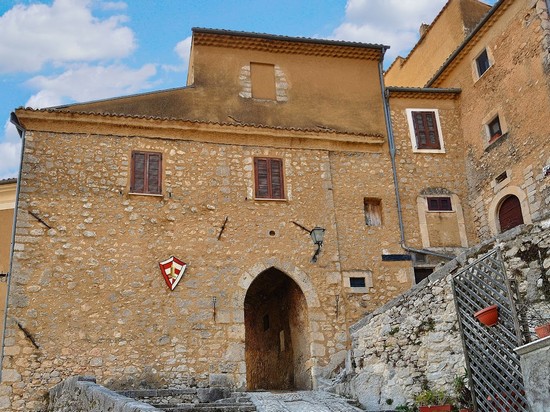
This gate, built in the Late Gothic period, was the main entrance to the Castrum of the fortified citadel, accessible from Abruzzo via the Forca d’Acero pass. Its position facing North-North East and the presence of a “customs house” at the entrance allowed effective control of the Sbarra area.
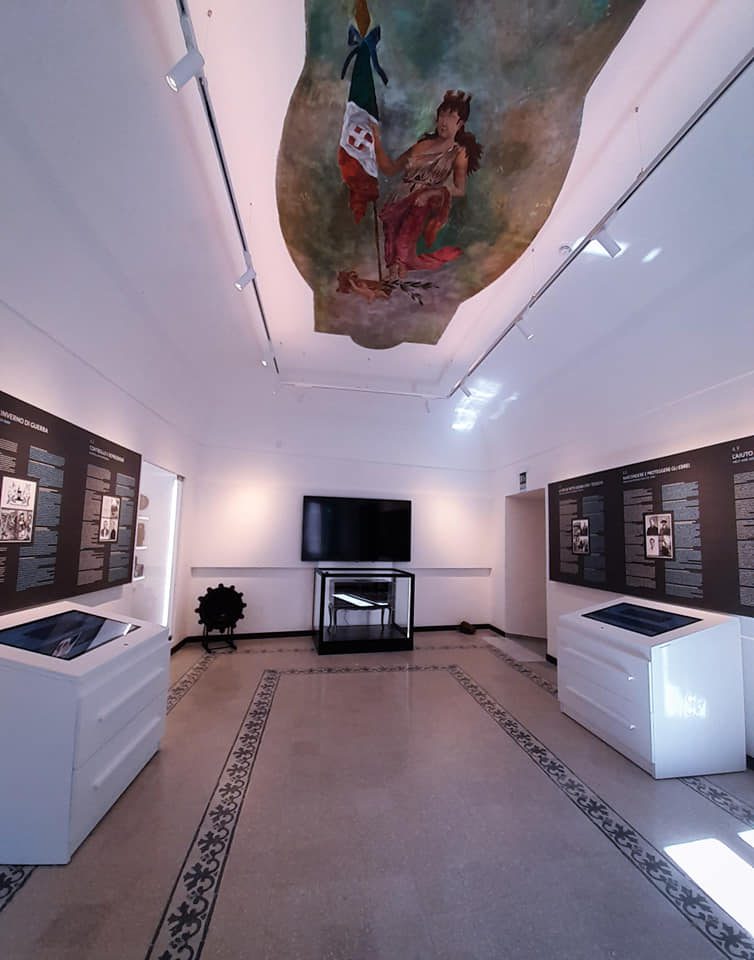
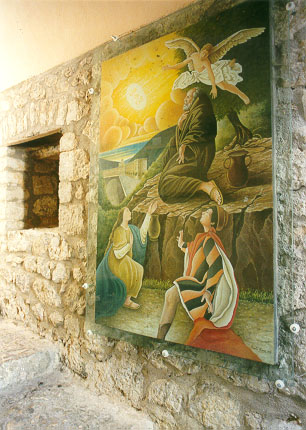
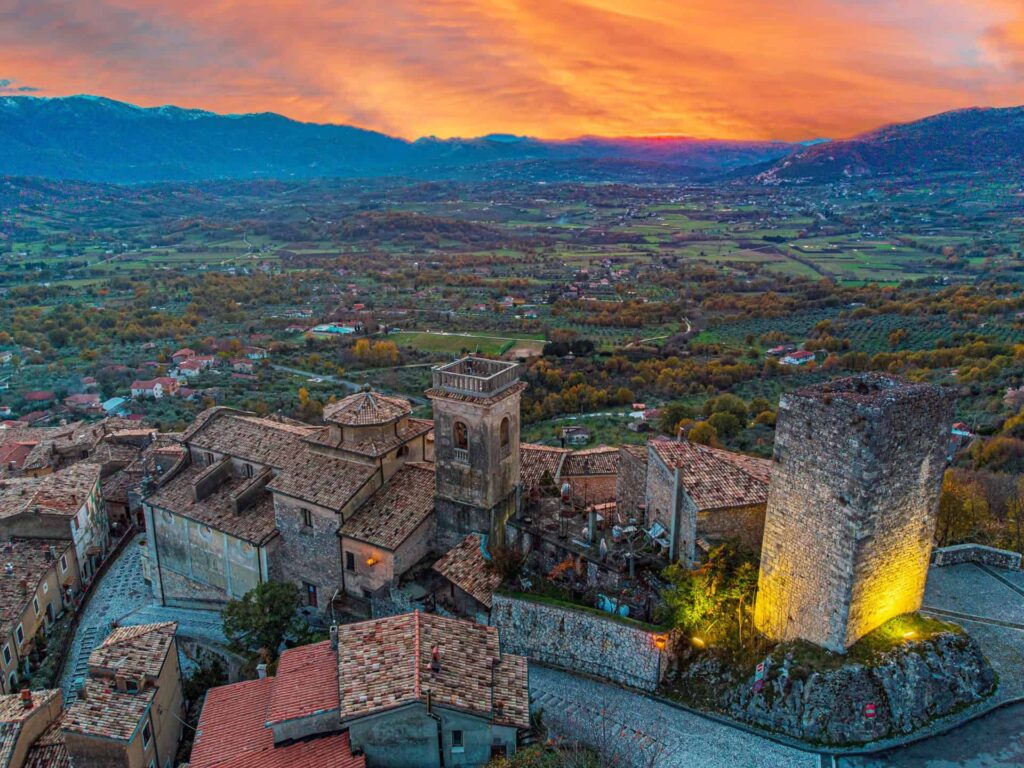
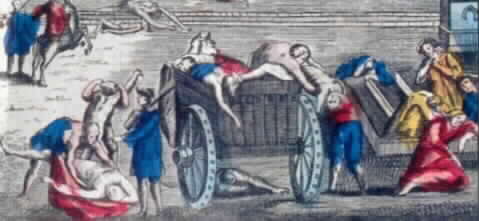
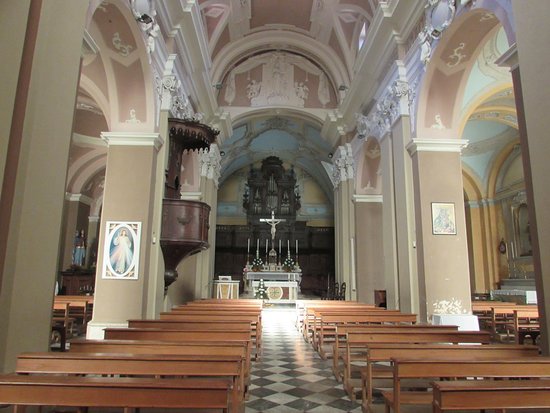
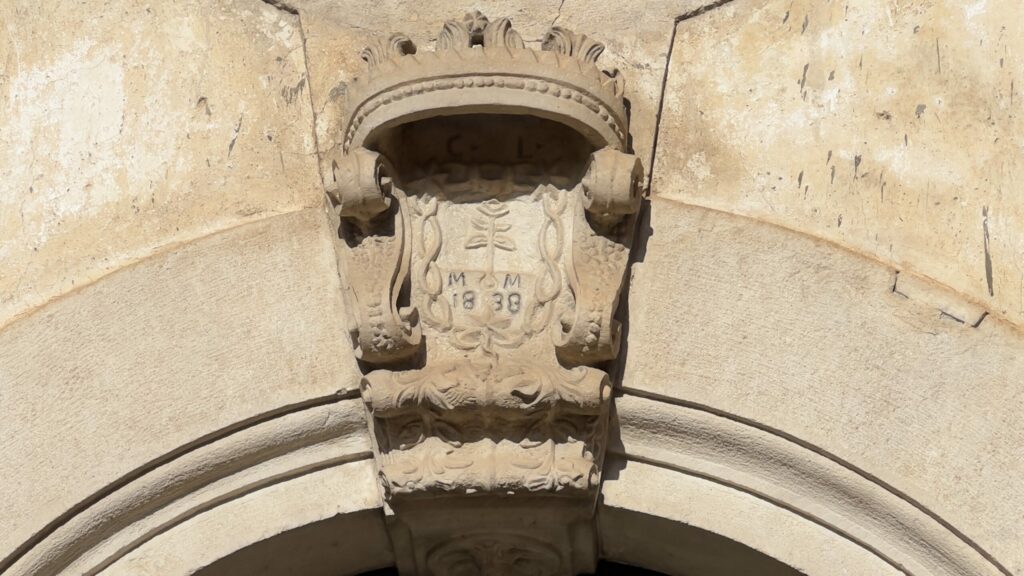
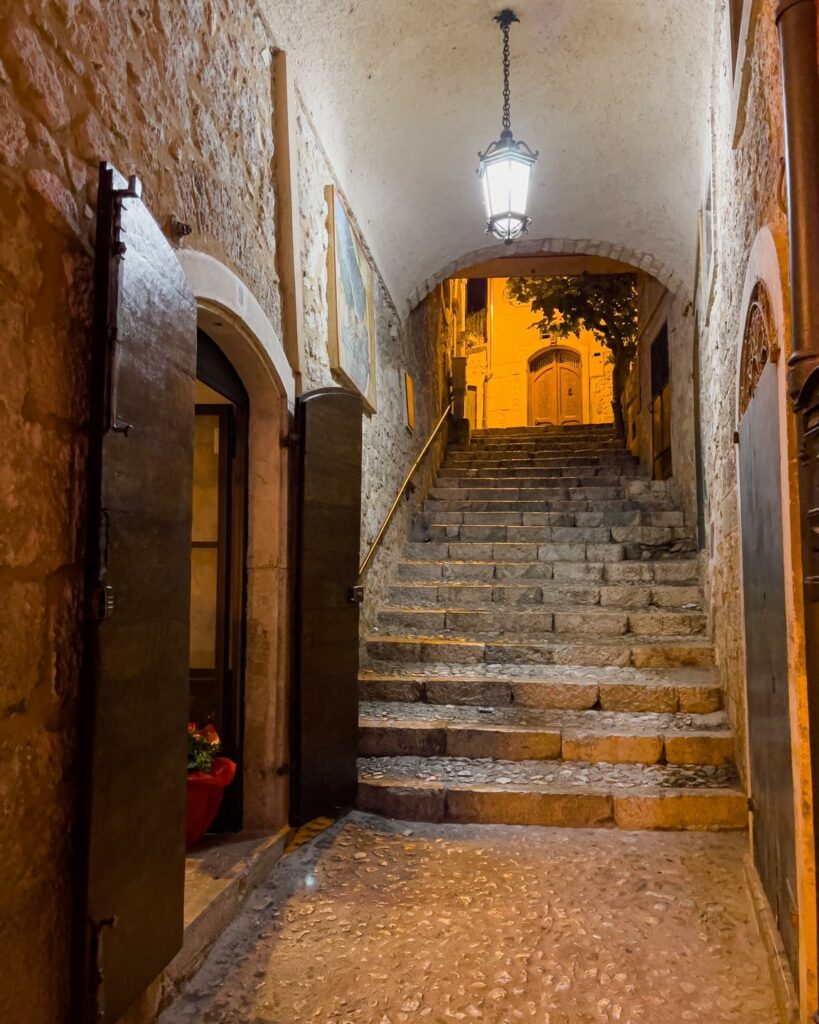
The “Spuort’ dell alluvione” in San Donato Val di Comino is a historical attraction that tells the story of the devastating flood that occurred in 1798. On that September night, heavy rain caused one of the worst floods in the history of the country, destroying many homes and even the church of the Annunziata.
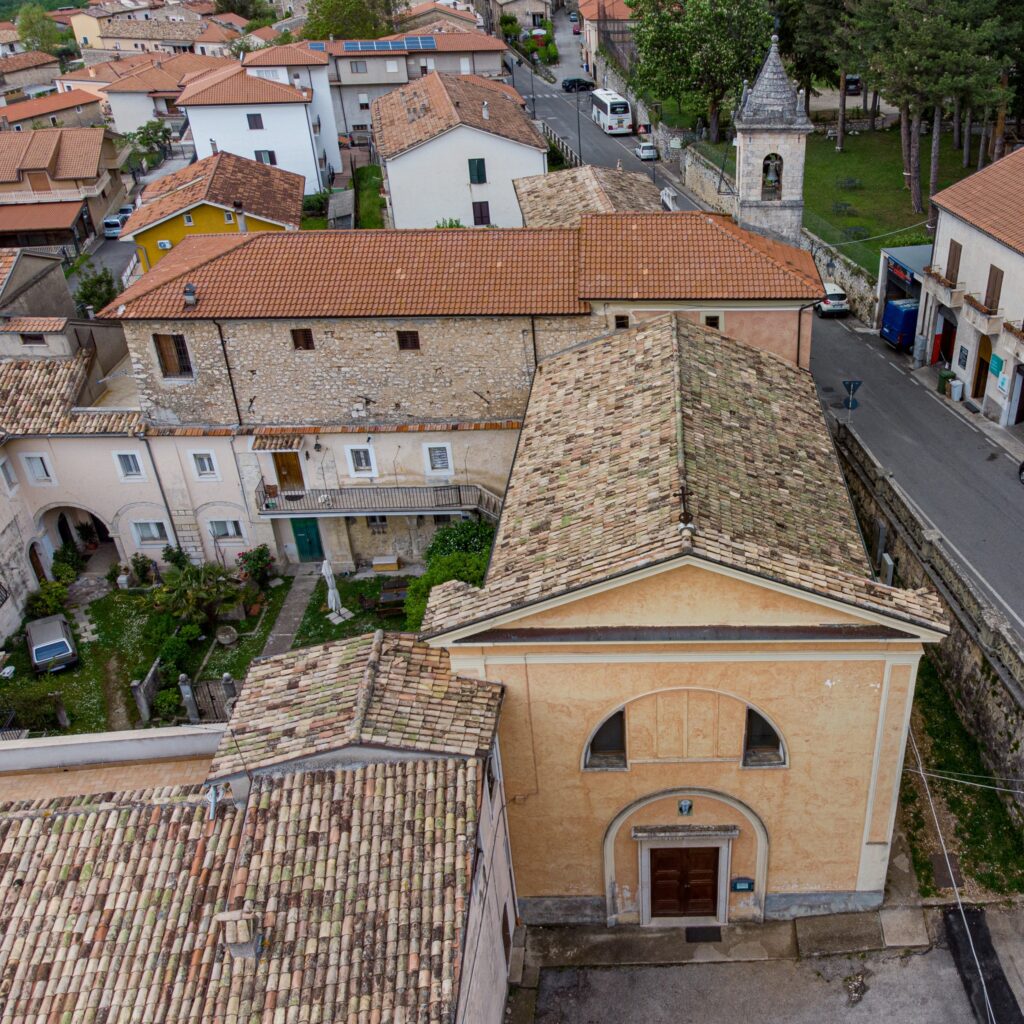
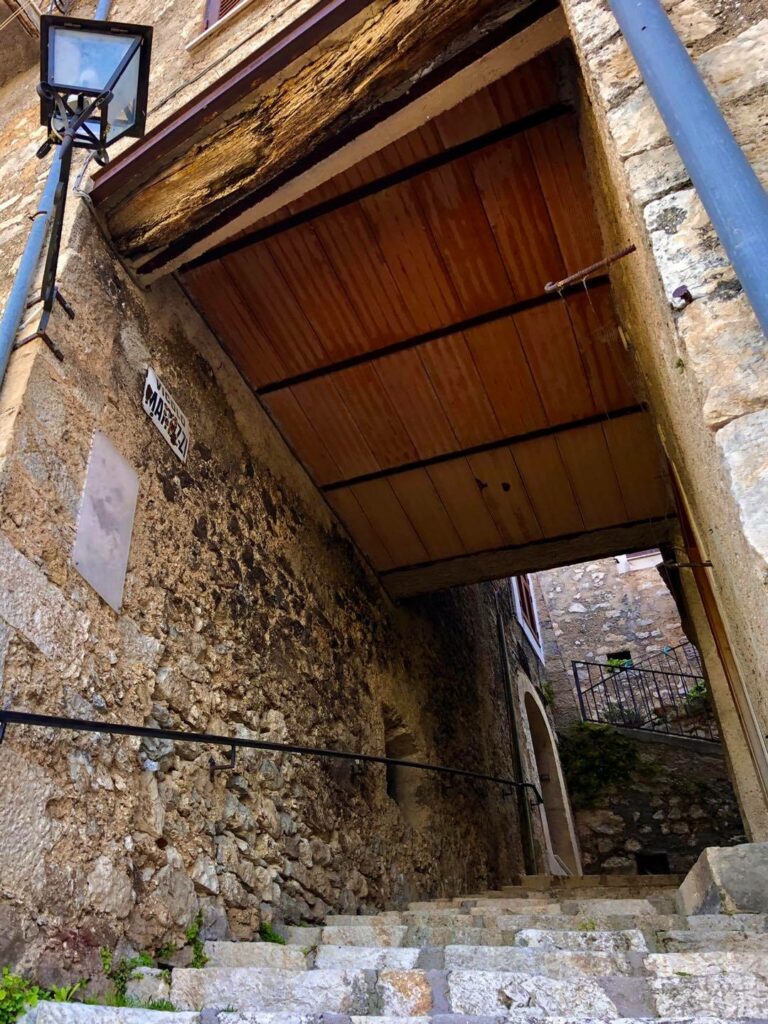
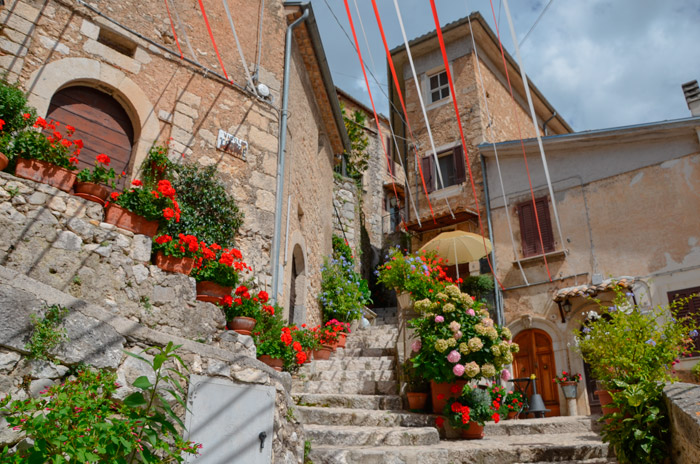
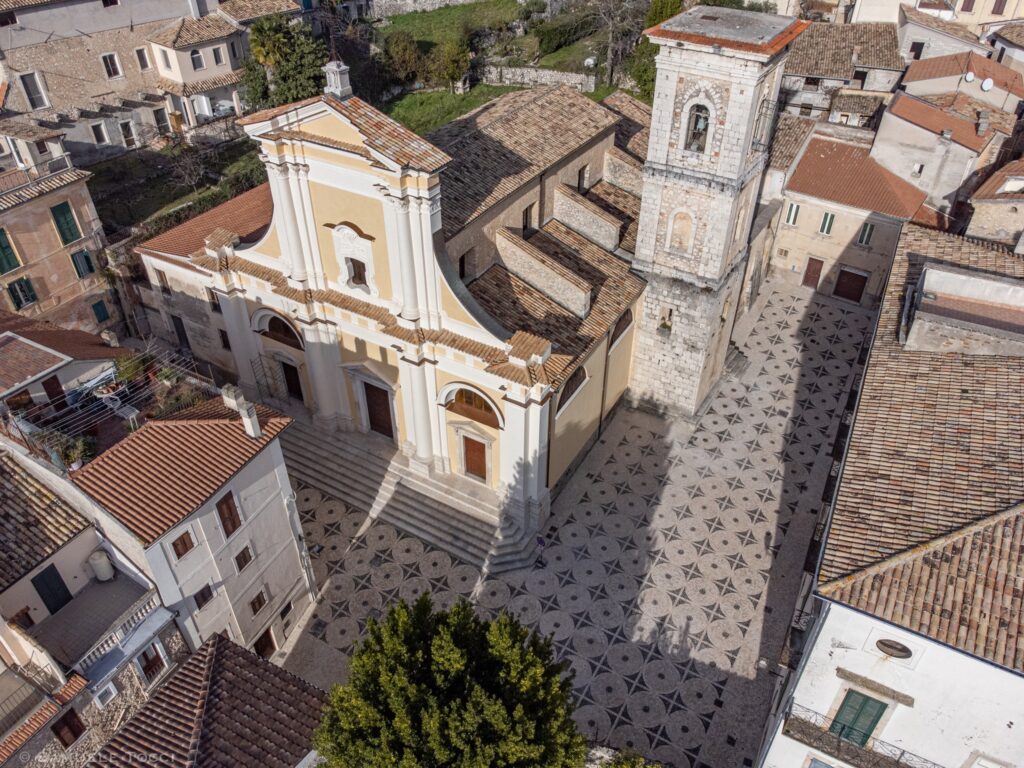
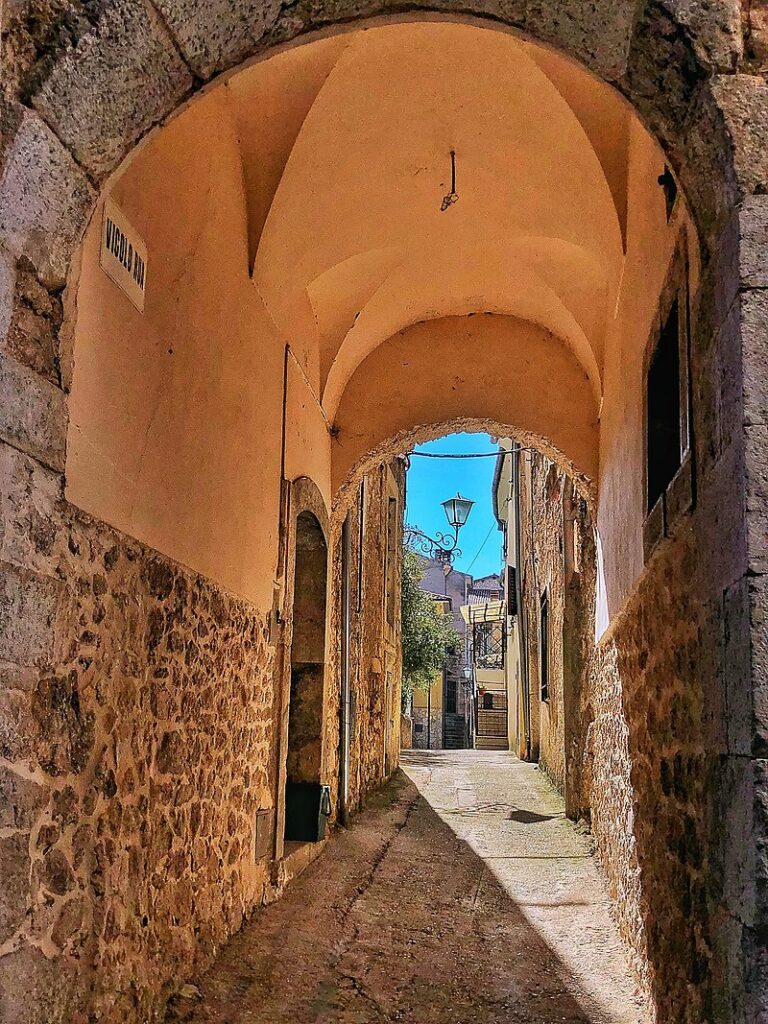
The French Arch in San Donato Val di Comino is a monument that evokes the history of the past.
In 1799, the French garrison settled in the alley called Rua and controlled the entrance to the village.
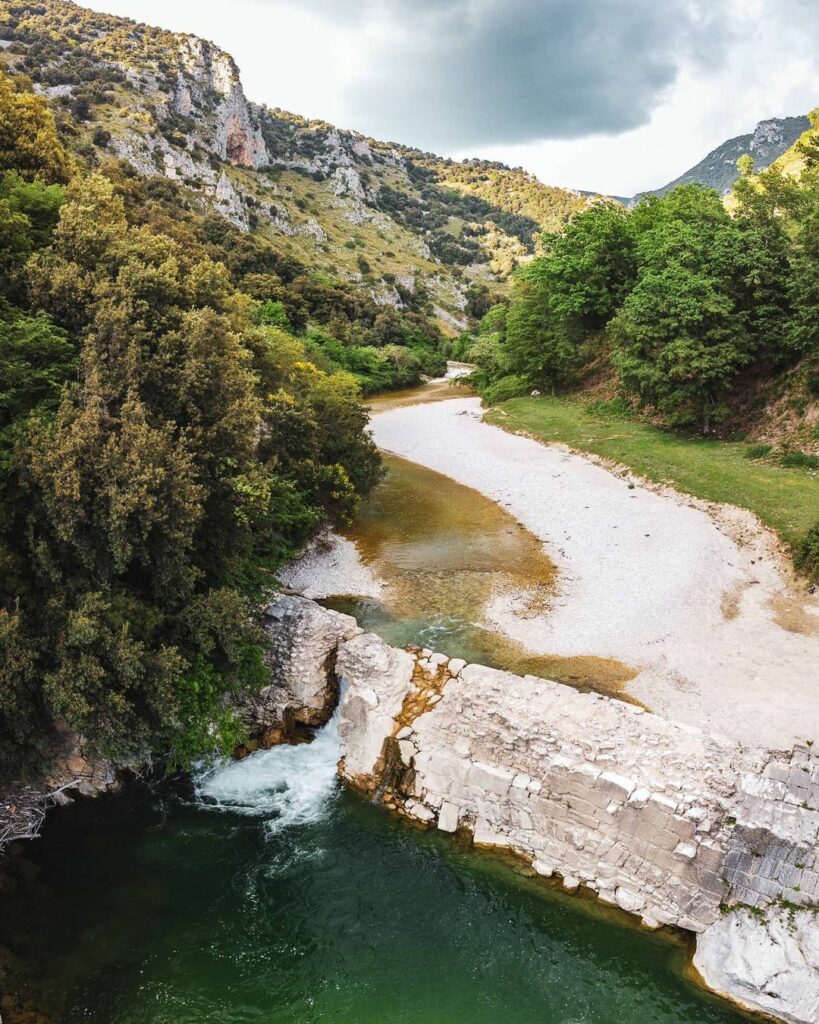
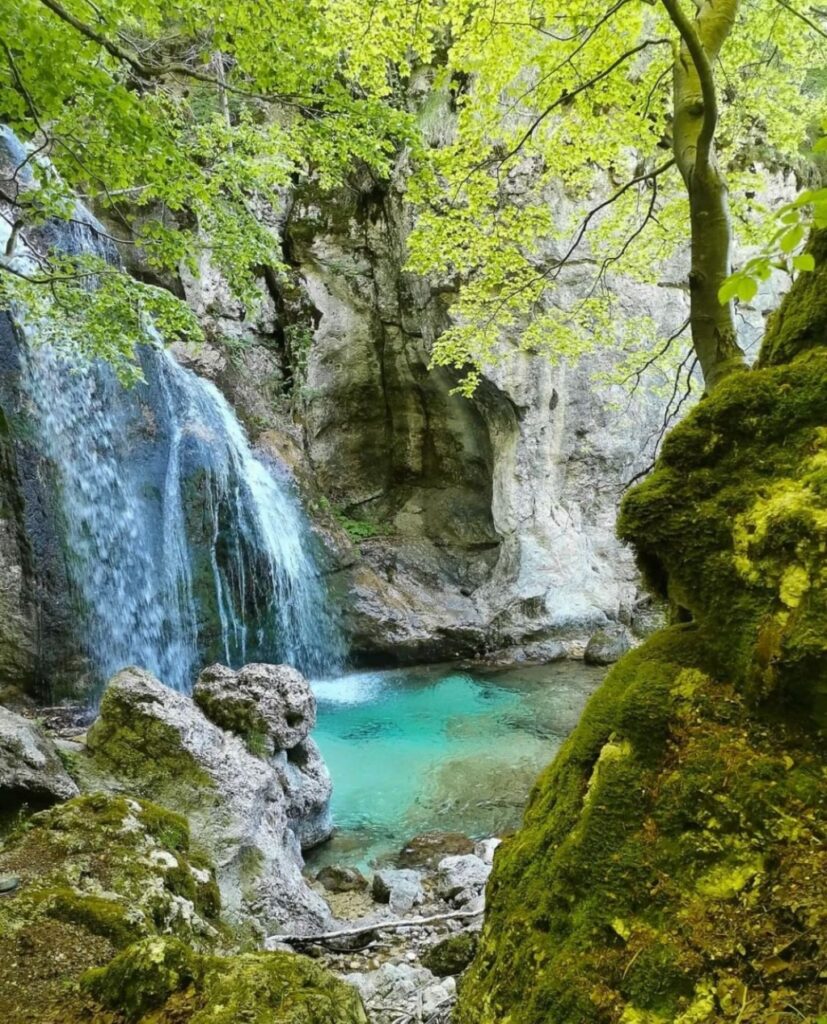
Immerse yourself in the mystical and rejuvenating atmosphere of the Schioppaturo Waterfall, also known as the John Paul II Waterfall, a place that inspired moments of meditation and prayer for the Pope himself.
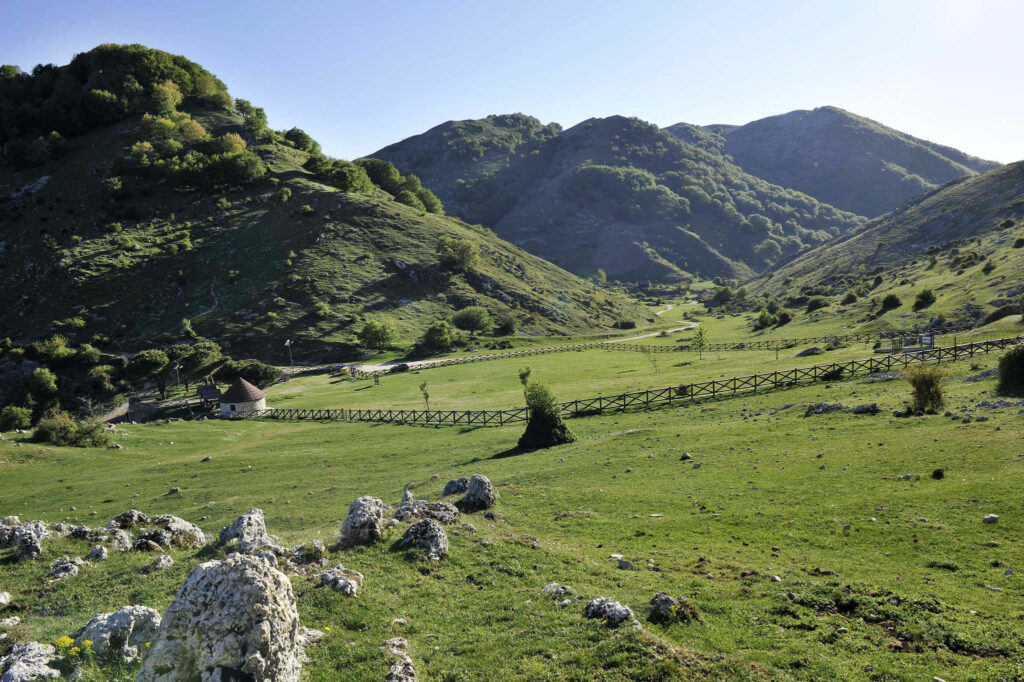
This region, dominated by the imposing 1372-metre peak of the Silara, has a rich history of survival and prosperity in the most hostile conditions. The mountains of Casalattico bear witness to ancient terracing, tangible signs of a past in which local families braved the difficulties of the mountains to cultivate the land.
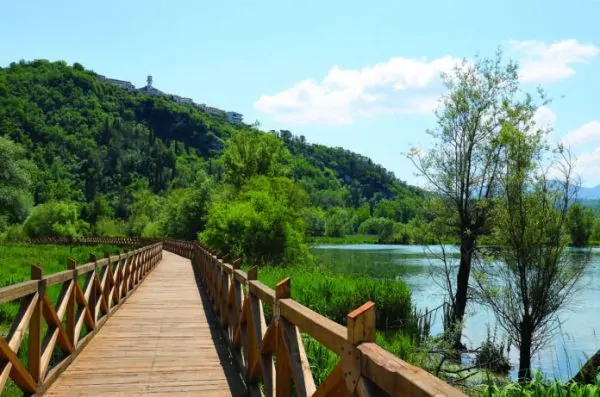
The lake has no tributaries and the only emissary is the Fibreno River. Its origins date back to a foothill spring system derived from the karstic basin of the upper Sangro Valley.
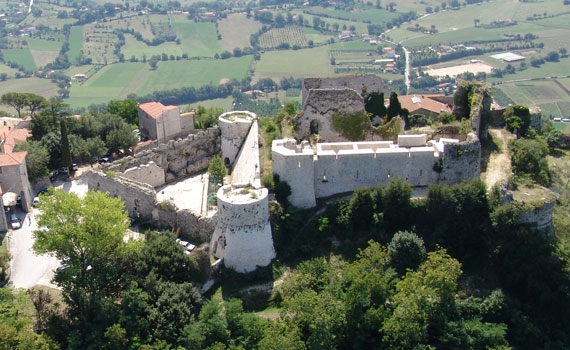
The architectural structure was built according to the models of military economy and has not undergone philological or mannerist restoration, thus retaining its original medieval form. The fortress is surrounded by a first circle of walls 5 metres high and a second circle of walls protecting the main building, which consists of four scarp walls, four corner towers and a central keep.
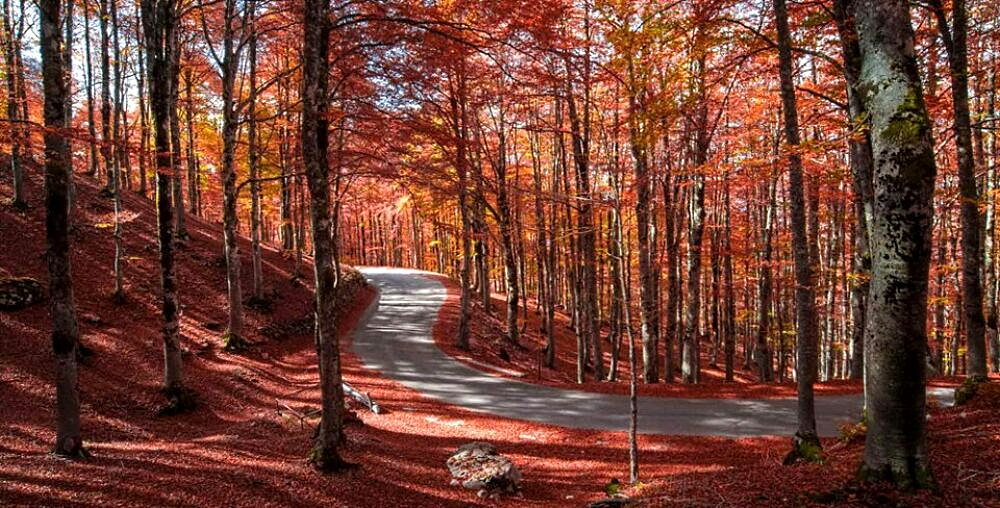
It is located along the Apennine watershed separating the provinces of L’Aquila and Frosinone and is the only direct road access to the Abruzzo National Park from the Lazio area. This pass is an important tourist attraction due to its strategic location and the typically beautiful Apennine landscape.
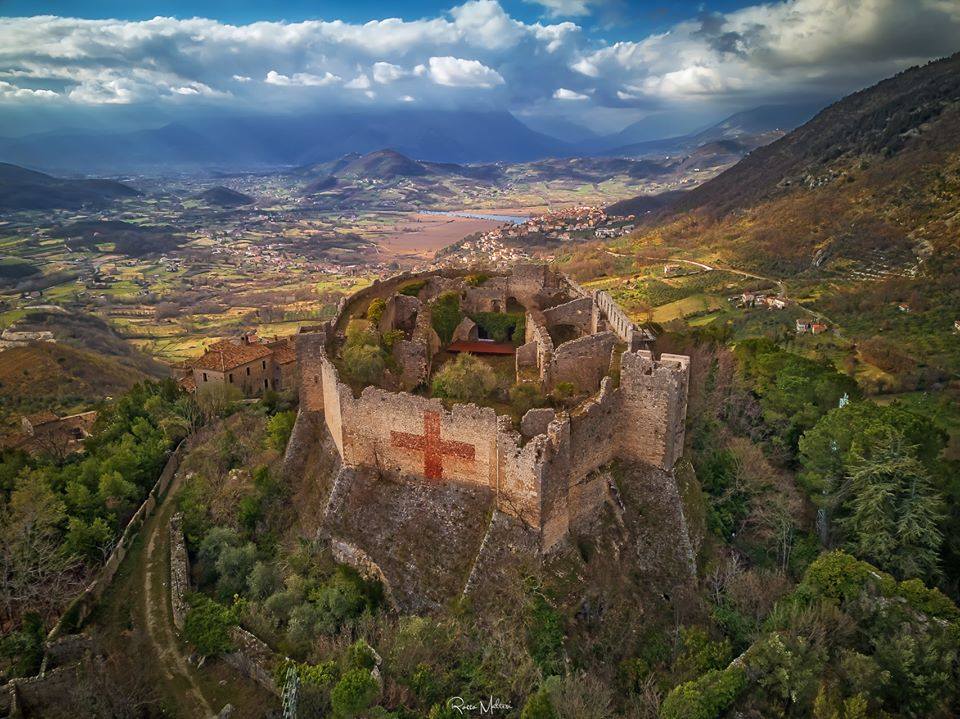
This castle, dating back to the 11th century, presents itself as a ruin, but still boasts its two polygonal walls, which make it possible to interpret the various construction phases, functions and structuring within a broader defensive system, which also includes the nearby manors of Alvito and Picinisco.
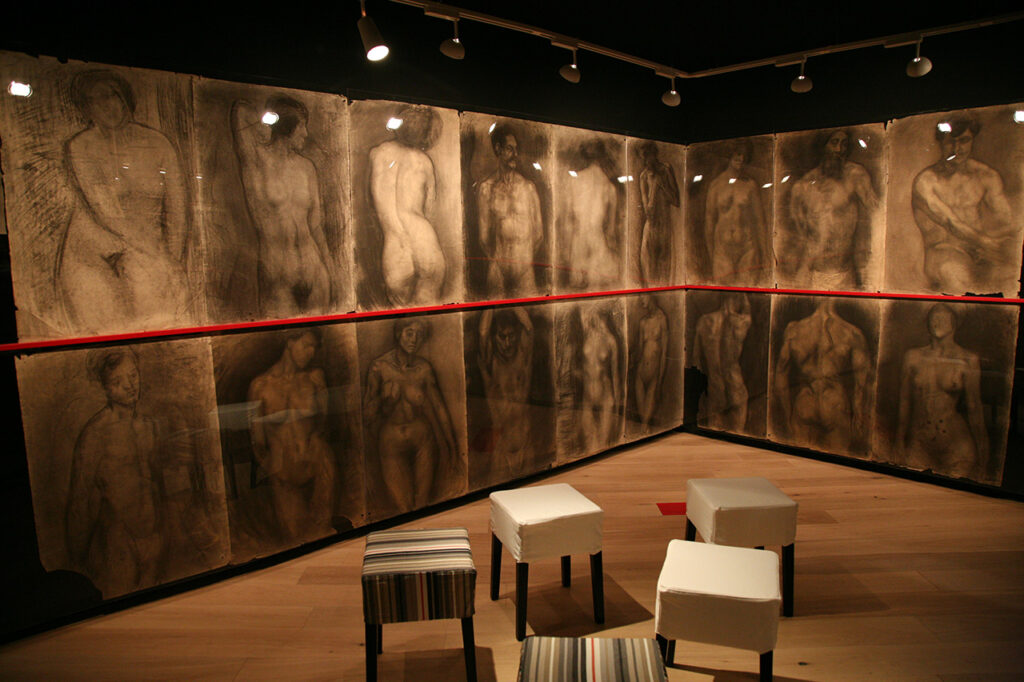
This museum was created to preserve and transmit the historical-cultural heritage and materials of the private atelier of the same name in Paris, which was one of the liveliest art studios in Paris from 1889 to 1914.
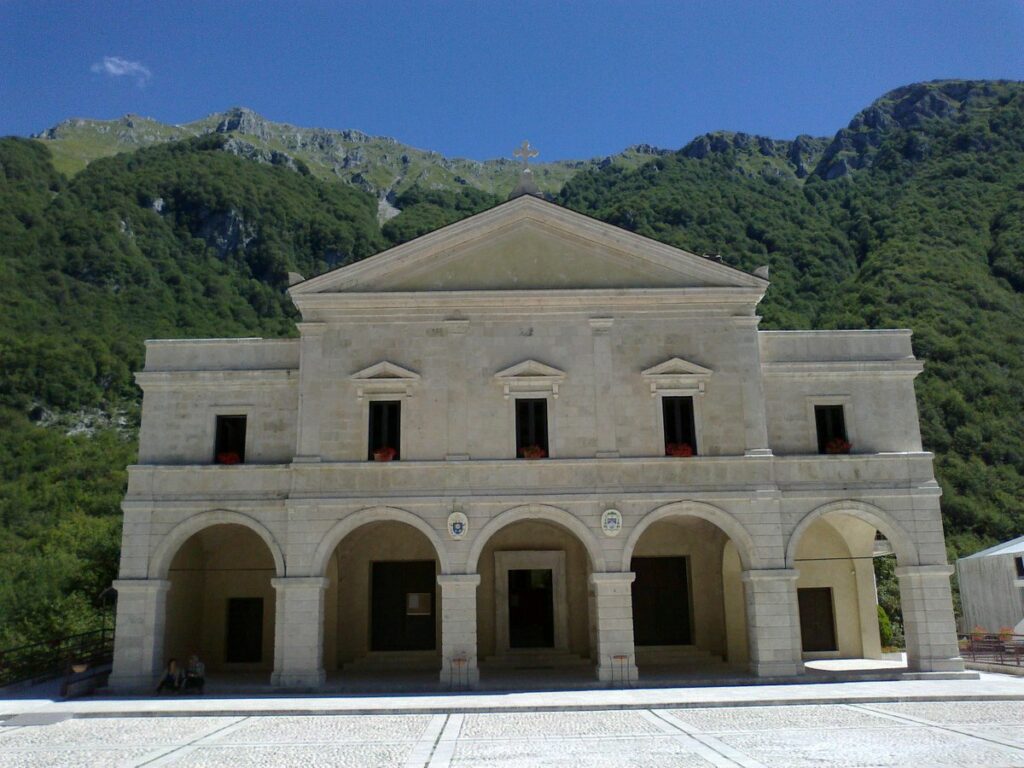
This religious building has a long history, dating back, according to tradition, to 293 BC. The sanctuary has undergone several renovations over the centuries and today presents a mixture of architectural elements from different eras.
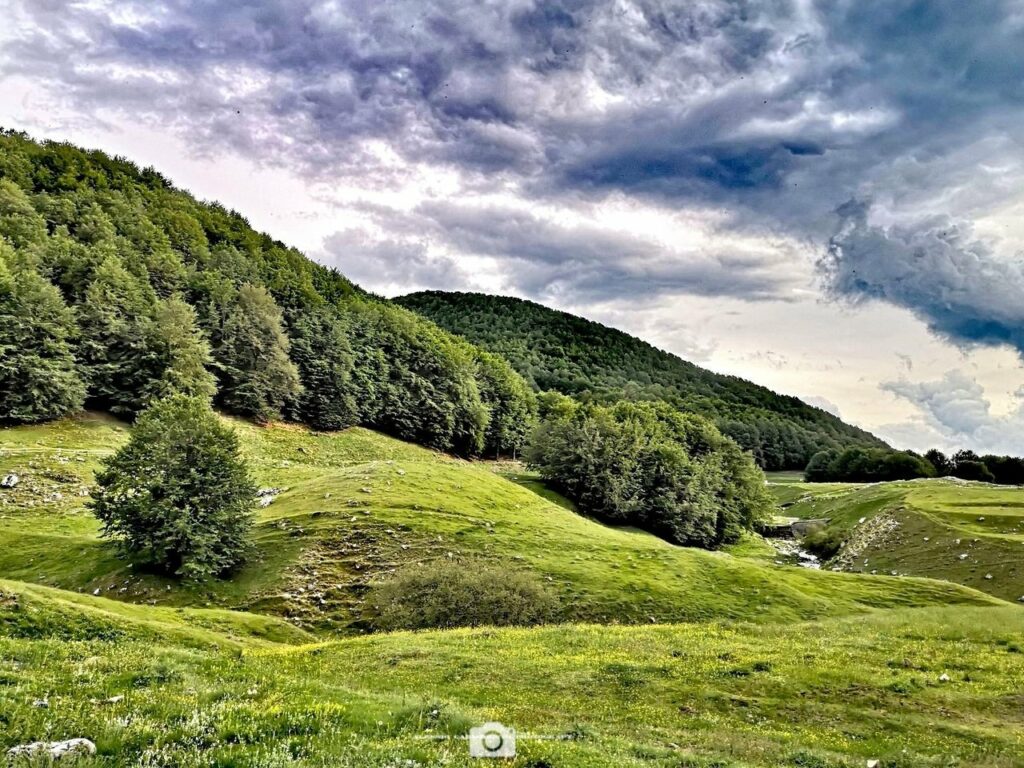
This plateau, situated at the base of the striking Mainarde peaks, represents the natural border between Lazio and Molise, and is located on the Lazio side of the Lazio Abruzzo and Molise National Park.
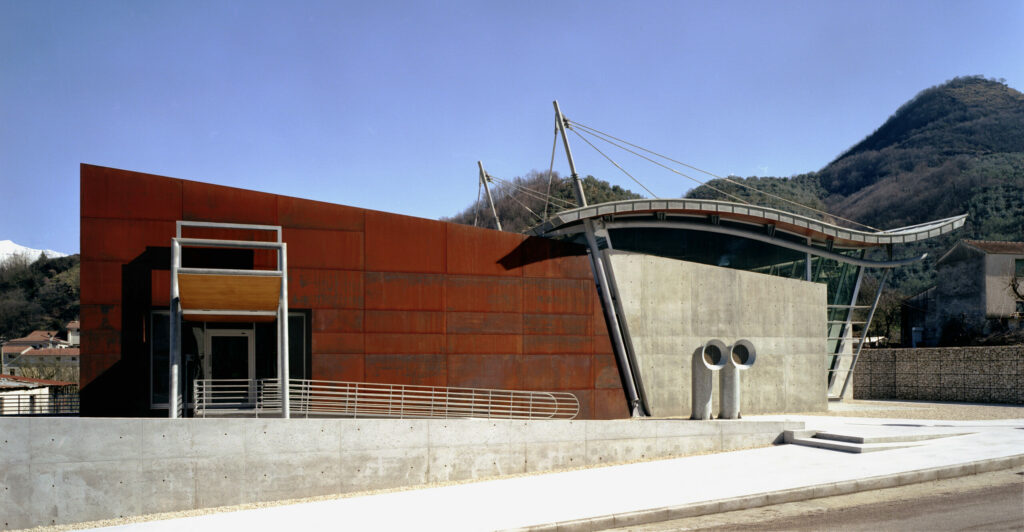
The museum, located in the town of Villa Latina, in the province of Frosinone, was founded with the aim of promoting and enhancing the culture and musical traditions of the Lazio region and central Italy.
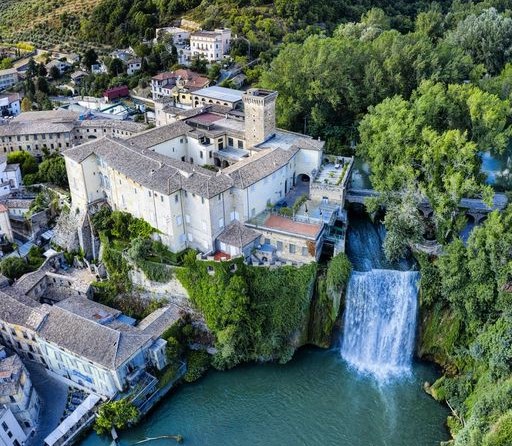
In the 15th century, the Sorano state became a county dependent on the king of Naples, with the castle becoming the residence of the first duke Leonardo Della Rovere. In the following period, the castle was the seat of a famous conspiracy of Abruzzi barons against the Aragonese.
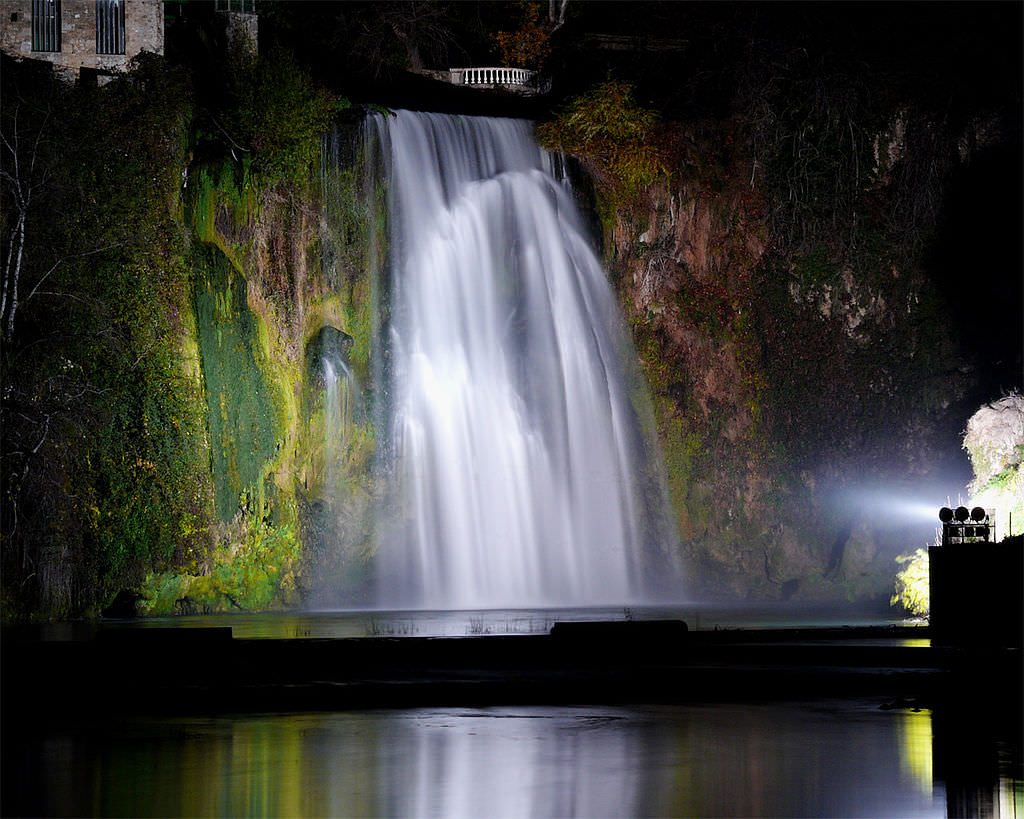
The Cascata di Isola del Liri was recently proclaimed 2nd among the ten natural wonders of Italy by Skyscanner, a tourism platform. This makes it a very popular tourist destination, offering visitors the chance to admire the natural beauty of a waterfall located right in the centre of a city.
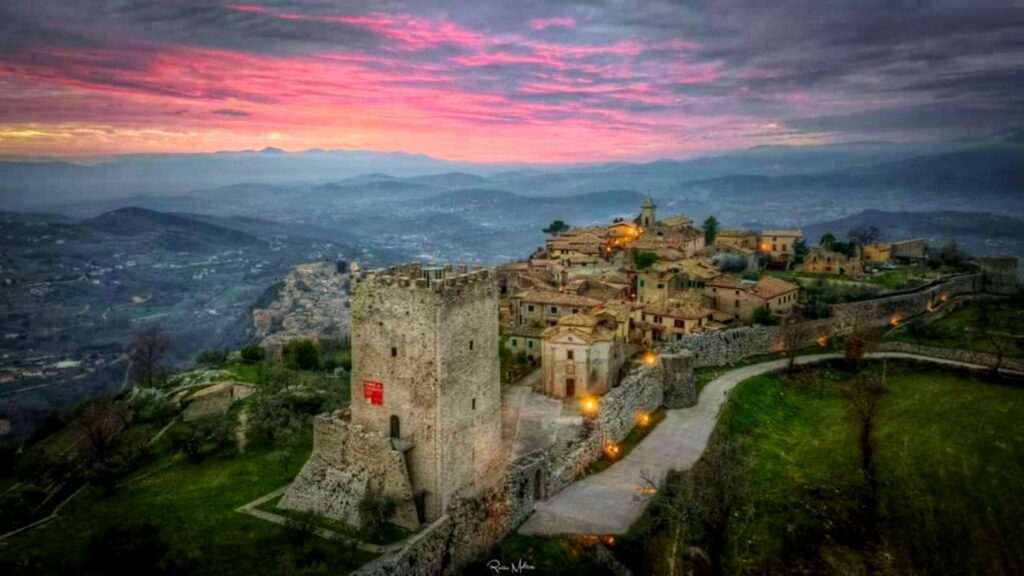
It is believed to have once been the residence of Cicero’s Tulli family, inherited by Quintus, the brother of the famous writer Cicero. However, early investigations in the 19th century revealed no residential area, only the survival of a toponym indicating a wall called Cicero’s and a street called Cicera, handed down by oral tradition. Since then, the Tower has been called Cicero’s Tower.
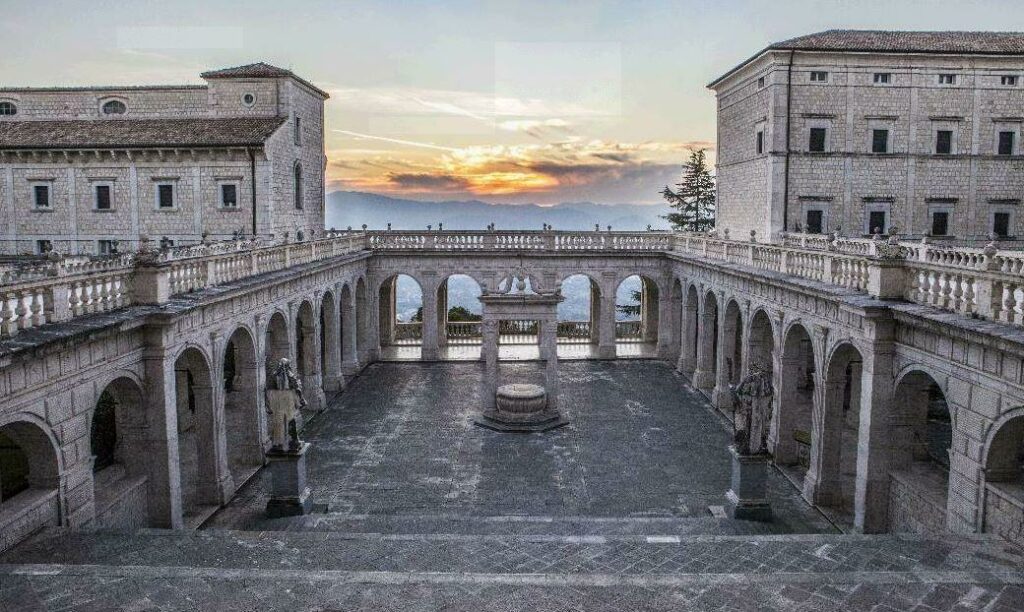
Its foundation dates back to 529 by San Benedetto da Norcia, who settled in that remote place with other monks from Subiaco. The original structure was built on a previous Roman fortification and was intended to welcome the monks and transform the place into a center of Christian worship, despite the strong paganism present in the area.
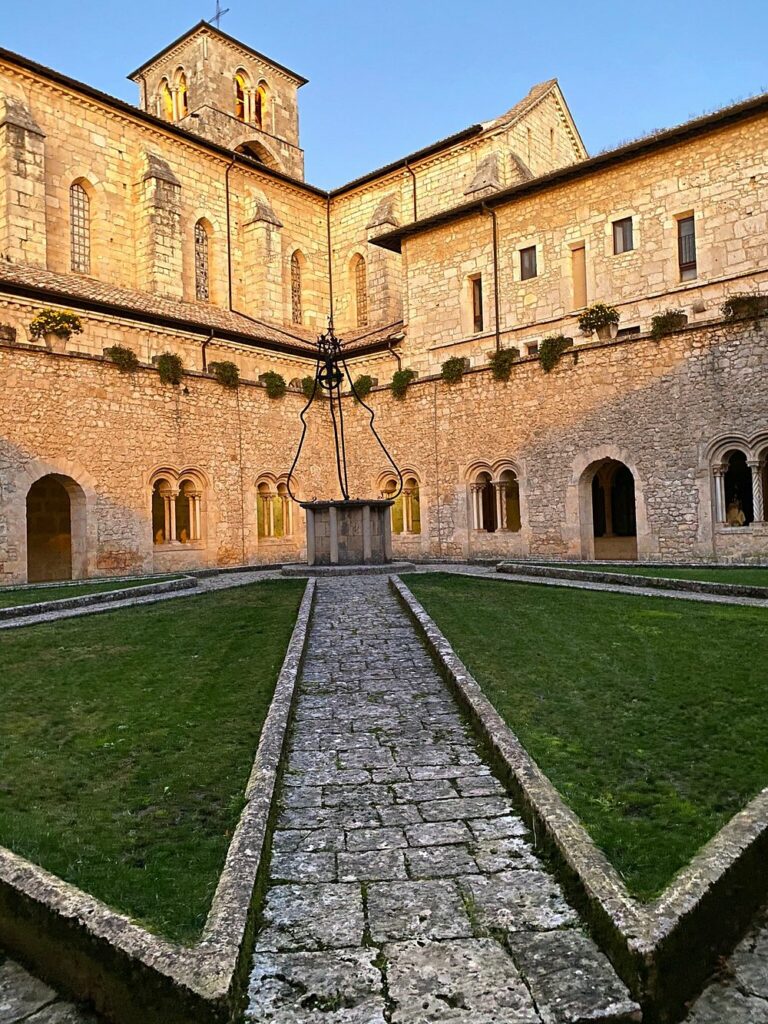
In the 12th century, at the instigation of Pope Eugene III, the abbey joined the Cistercian reform and became a place of spiritual and cultural rebirth. The Cistercian monks devoted themselves to liturgy, manual labour and the transcription of codices, creating a community that became an important centre for the circulation of books, practices and ideas.
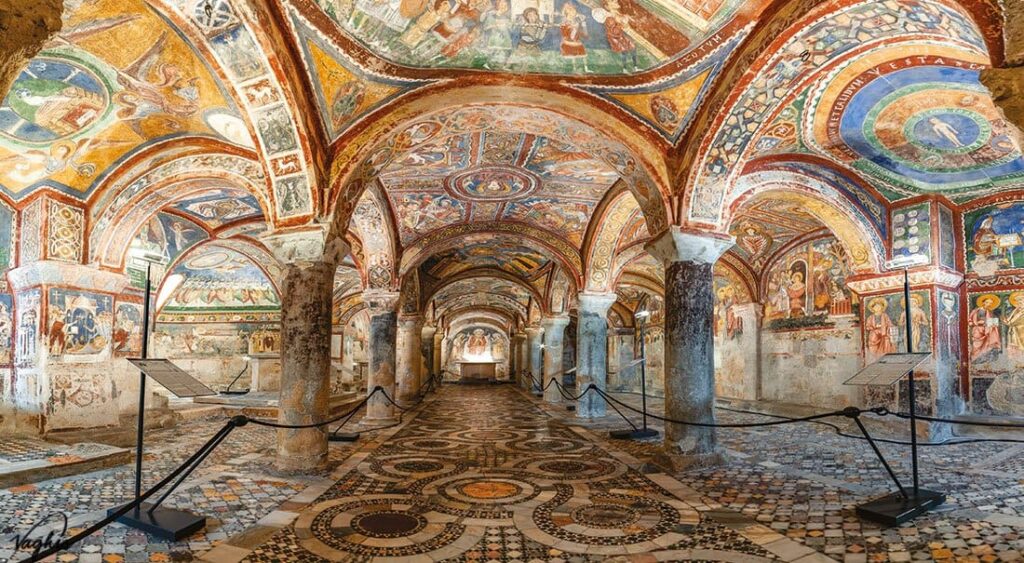
The museum offers a tour that allows visitors to explore the history and heritage of the cathedral through a journey through time that begins in the Library and the Chapter House and continues through the New Sacristy with the most recent works, such as chalices, bishop’s mitres and precious reliquaries.
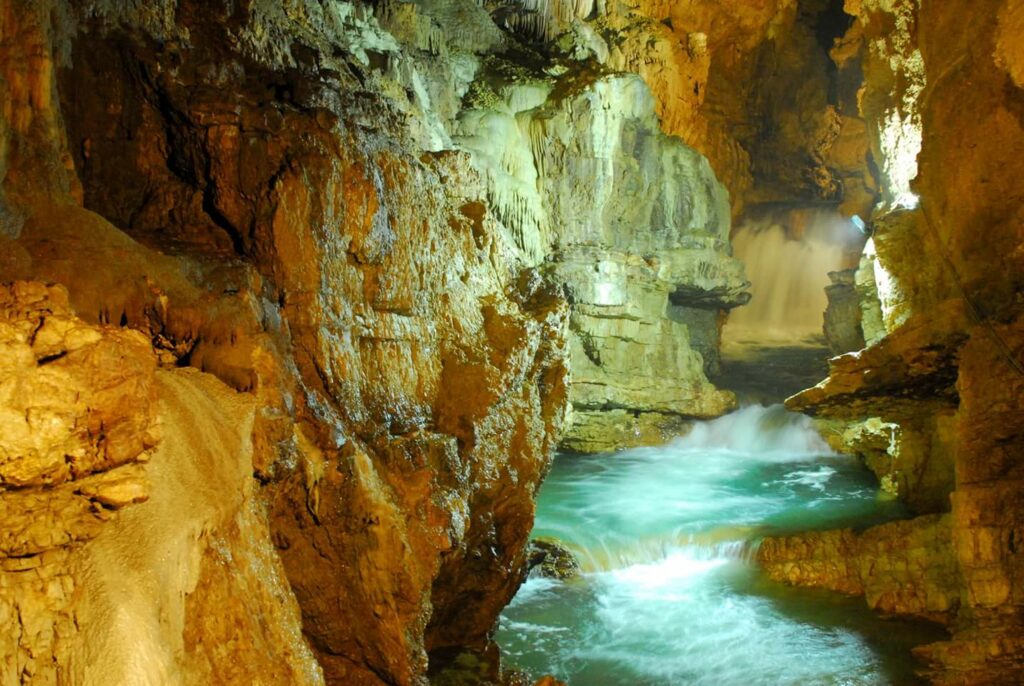
The Falvaterra Caves are the main attraction of the Natural Monument and are currently accessible for the first 250 metres at tourist level and for the first 600 metres at speleotourist level. These caves are the result of the action of underground waters that have shaped the limestone rocks of Monte Lamia over the last million years.
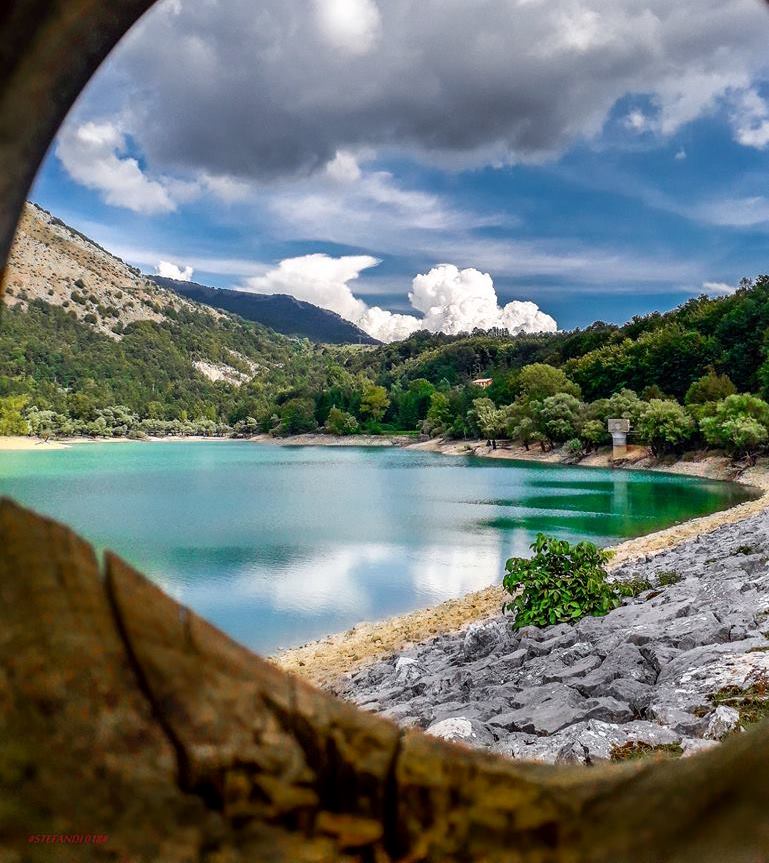
Lake Cardito is surrounded by mountains covered with verdant forests and is located in a mountainous climate zone, with clear but not very deep waters that do not reach high temperatures. The surrounding area is little affected by man, which means that the fauna and flora are intact and there are many species of small mammals living undisturbed.
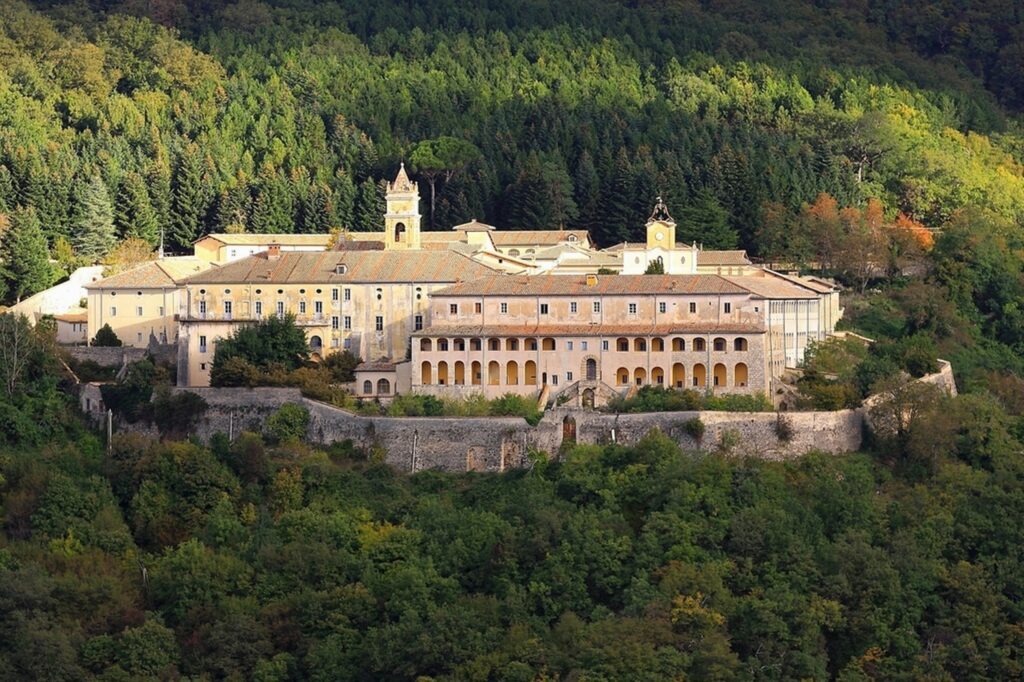
The name ‘Trisulti’ has Latin origins, deriving from ‘tres saltibus’ (three jumps), a reference to the ancient 12th century castle owned by the Colonna family. This castle, unfortunately destroyed, dominated the three passes towards Abruzzo, Rome and the southern area of the Papal States.
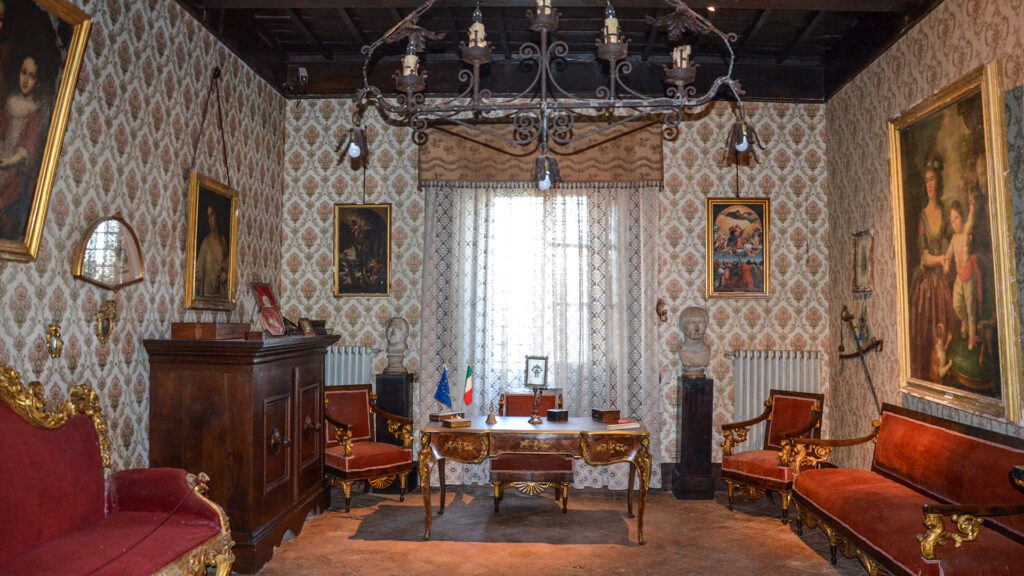
The Castle of Fumone is a historical jewel located on an 800-metre rise, offering a privileged view of the Sacco valley and the majestic Via Latina, the ancient road that connected Rome and Naples.
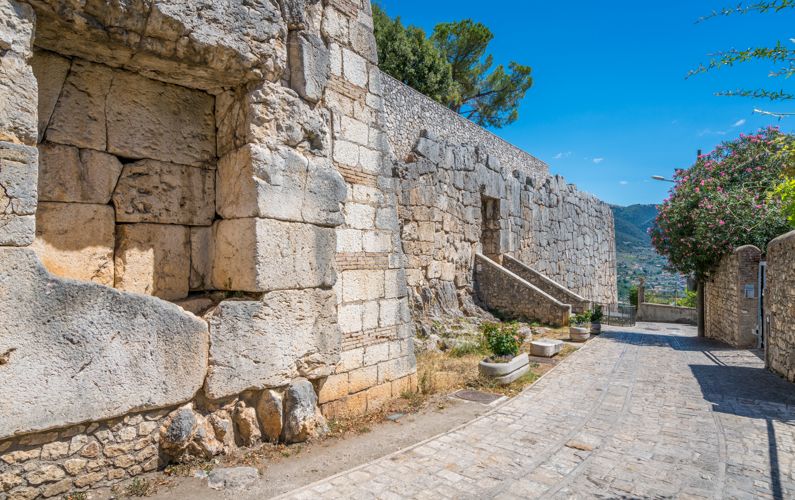
Together with the city wall, this bold and imposing structure with mighty polygonal walls, made of huge stones perfectly laid without the aid of mortar, surrounds a vast elevated area of 19,000 square metres, located at the heart of the city centre.
Download the map and itineraries
